60 best hi-fi audiophile albums ever
If your ears, speakers and headphones need a proper workout, you should start with one of these records. Or better yet, all of them
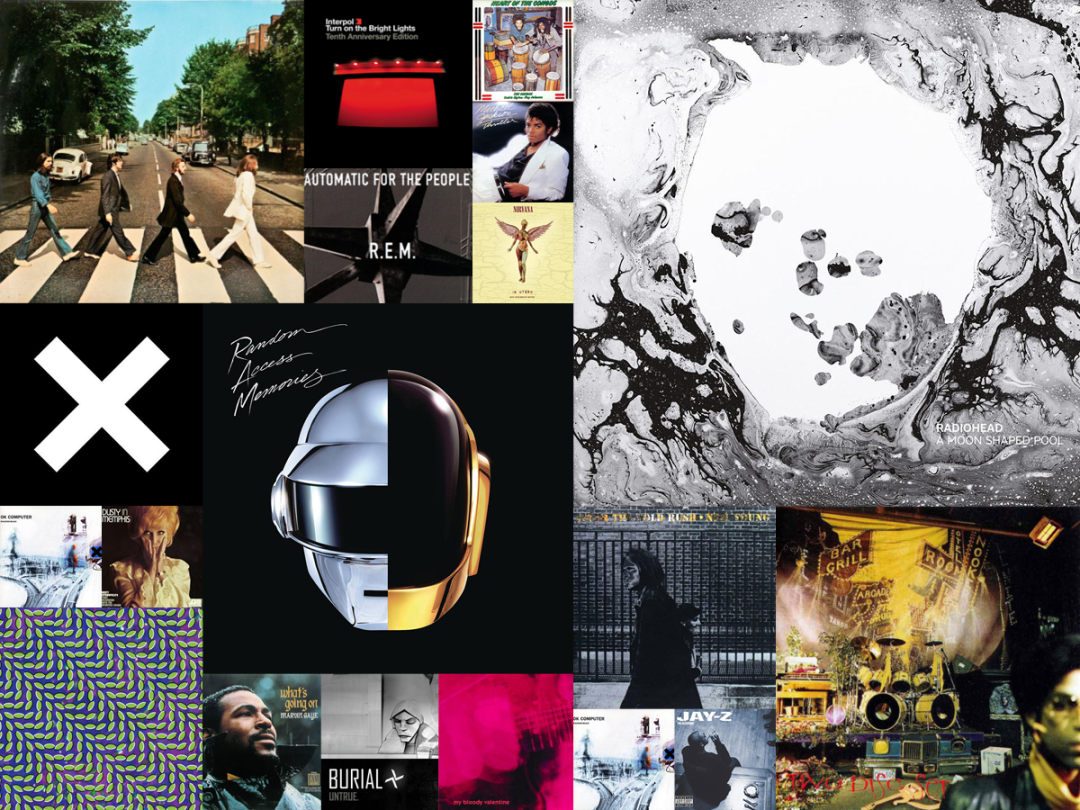
Today’s pop music tends to be mastered to sound “loud” even when it’s being played at low volumes – a compressed dynamic range means that there’s not much difference in decibels between the quiet and loud parts of the music. Listening to these albums through high-quality audio gear can be a horrific assault on the lugholes, which is why audiophiles seek out albums that have been mastered with a wider dynamic range. That doesn’t mean you have to resort to slapping some leather waistcoat-wearing, ponytail-sporting Austrian jazz fiddler’s latest opus onto your beloved turntable or listening to far-out funk through your wireless speaker though.
Thankfully, many of today’s artists are still committed to well-mastered, exquisitely produced recordings and that, along with a plentiful supply of older albums that were either originally mastered well or have since been remastered, means there’s plenty of fantastic music to listen to. Here are what we think are some of the best audiophile albums ever pressed to vinyl, CD or digital.
Reviews by Stephen Graves, Marc McLaren, Tom Wiggins, Sam Kieldsen, André Dack and Simon Lucas
Black Country, New Road – For the First Time (2021)
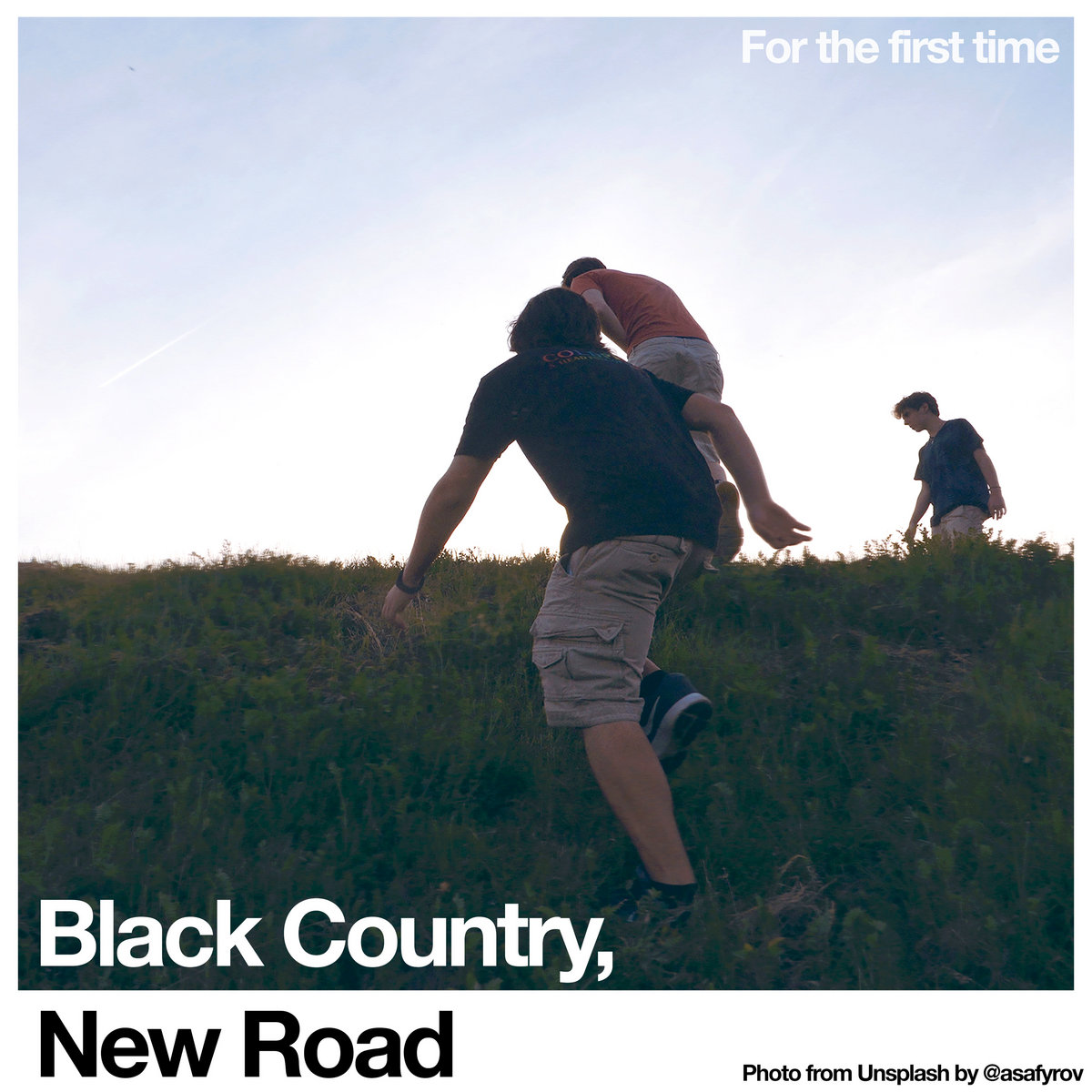
It’s quite fitting that Black Country, New Road are signed to legendary electronic/hip-hop label Ninja Tune, because there’s very little about the London seven-piece that conforms to the expectations of a normal rock band.
With so many musical brains involved – almost every band member has other projects on the go – it’s no surprise For the First Time is positively overflowing with ideas, whether it’s straight-up post-rock, skronking sax breakdowns or Jewish klezmer music, but it manages to avoid sounding muddled or incoherent. Even Isaac Wood’s lyrics, which are full of references to Nutribullets, Danish crime dramas and Kanye West, sound amusingly off-kilter rather than just irritatingly wacky.
Ghetts – Conflict of Interest (2021)
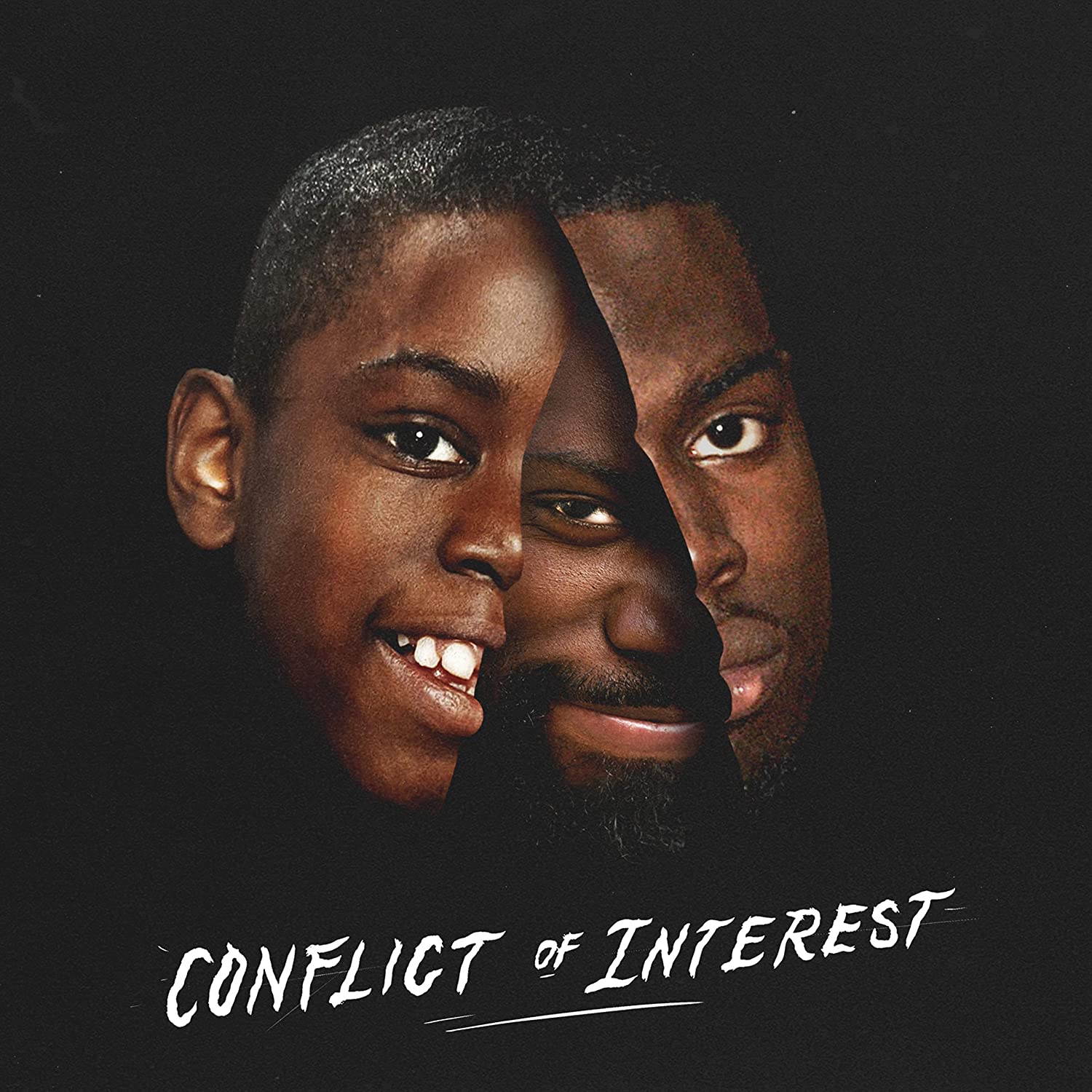
When grime emerged from the streets of London in the early 2000s it was all about brash electronic beats and aggressively confrontational lyrics, but as the genre has gradually taken over the mainstream its sound has evolved. On Conflict of Interest, Ghetts’ third album but first for a major label, there are string sections, choirs and spoken-word intros – but this isn’t the 36-year-old disappearing up his own backside.
There’s plenty of the same tension and menace that defines grime, but the album’s widescreen scope, slower pace and introspective lyrical themes – particularly on the first six tracks – set it apart, even if the Ed Sheeran and Emeli Sandé collaborations feel out of place.
Phoebe Bridgers – Punisher (2020)

Released just as the world was in the grip of the Covid pandemic, you’d forgive Phoebe Bridgers for making her follow-up to 2017’s Stranger In the Alps a claustrophobic, inward-looking record – but Punisher is quite the opposite.
It still features the intimate soul-bearing that made the 26-year-old’s debut such a stop-you-in-your-tracks listen, but there’s a more complex sonic palette in use here, with musical contributions from her Better Oblivion Community Center collaborator Conor Obert, Nick Zinner of the Yeah Yeah Yeahs, and Warpaint’s Jenny Lee Lindberg.
Nick Cave & The Bad Seeds – Ghosteen (2019)
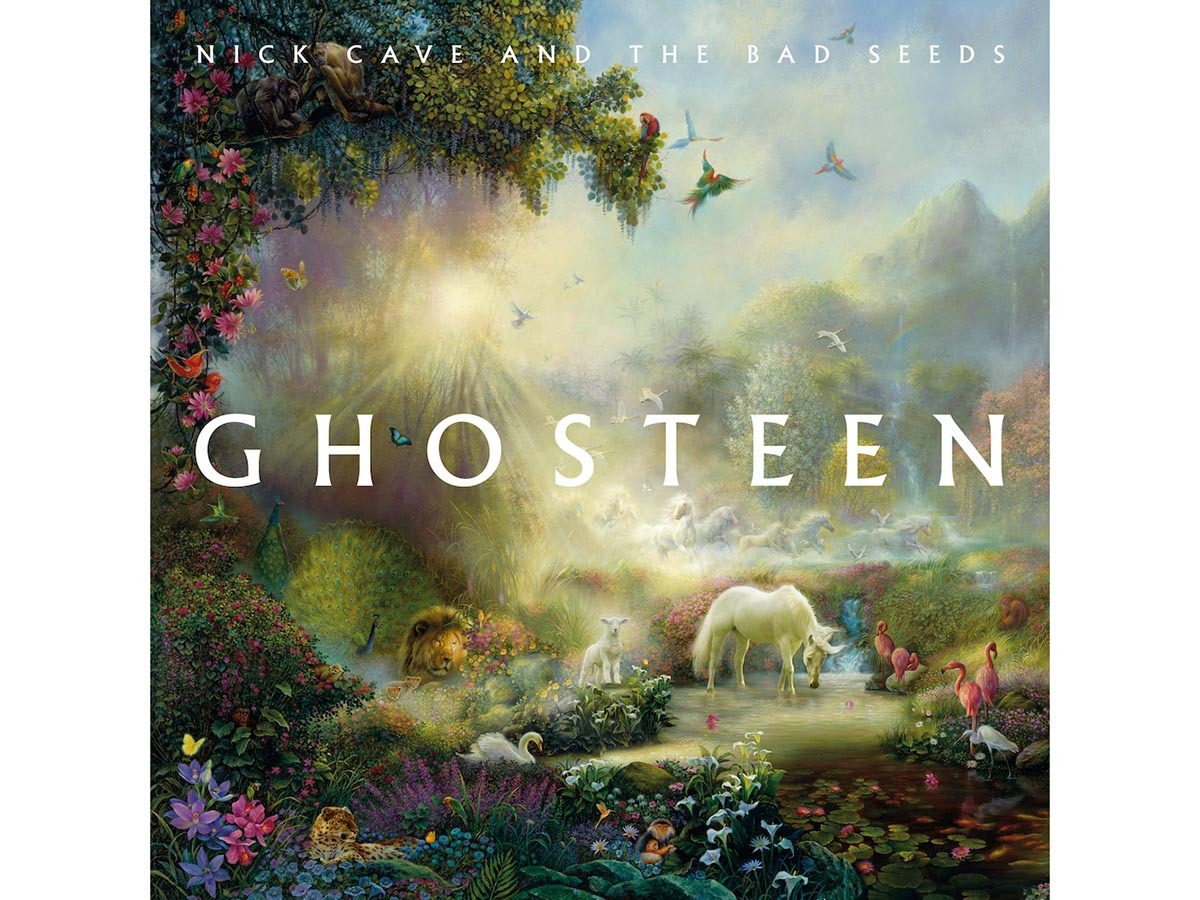
Four decades into his musical career, Nick Cave still has the power to surprise – and Ghosteen is both a departure from his previous work (the songs’ subjects are more personal and confessional than Cave’s yet visited) and an album that feels apt and true to everything that has come before it. Shimmering synths underpin Cave’s trademark vocals in this dream-like, lush and absolutely beautiful exploration of loss, grief and despair.
Michael Kiwanuka – KIWANUKA (2019)
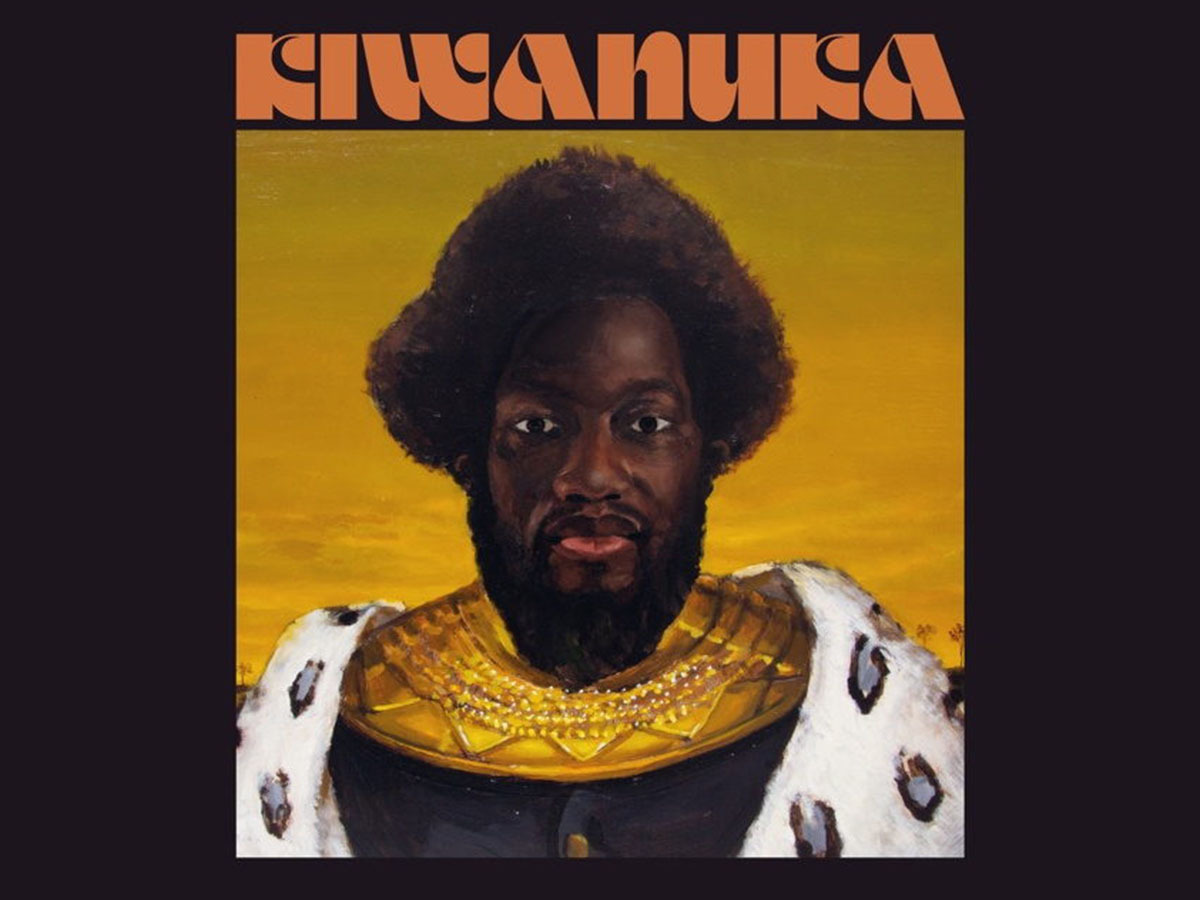
The third LP from London singer-songwriter Michael Kiwanuka showcases an artist on a spectacular upward trajectory. Soulful, political, sonically steeped in tradition as well as being dashingly innovative, the Danger Mouse-produced KIWANUKA is a party record with a dark, tortured heart – and one of 2019’s best albums.
Boards of Canada – Music Has the Right to Children (1998)
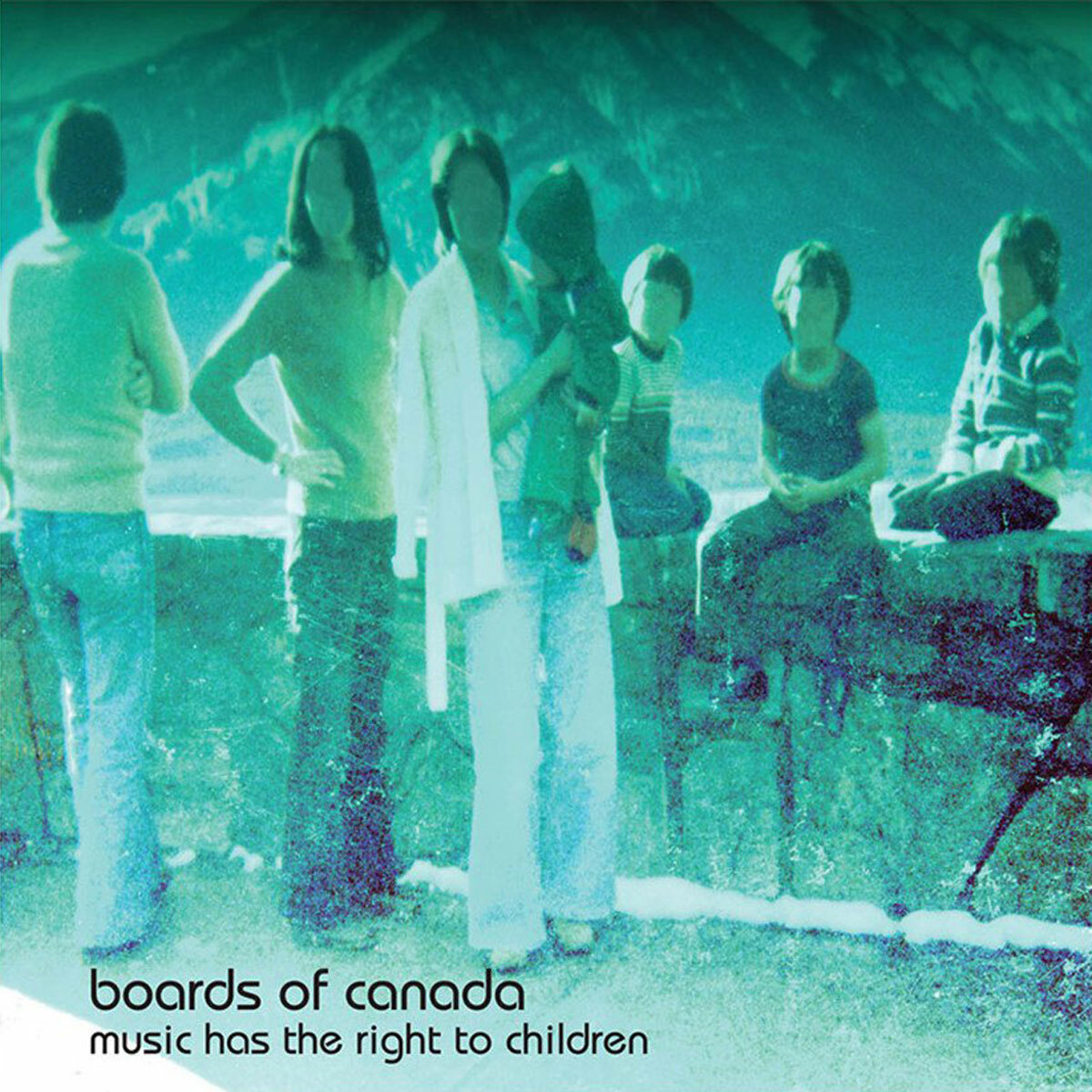
Now over 20 years old, this seminal debut album from Edinburgh brothers Michael Sandison and Marcus Eoin still sounds gloriously skewed, fresh and future-facing – a piece of pioneering electronica that’s more interested in making you sit up and listen than making you stand up and shake your booty.
Gleaming digital, crisp, crunchy out-of-step rhythms, lush synths and the odd, judicious vocal sample conjure up a textural, atmospheric audio-scape that demands to be listened to on capable equipment – please, anything but a smartphone speaker.
Weyes Blood – Titanic Rising (2019)
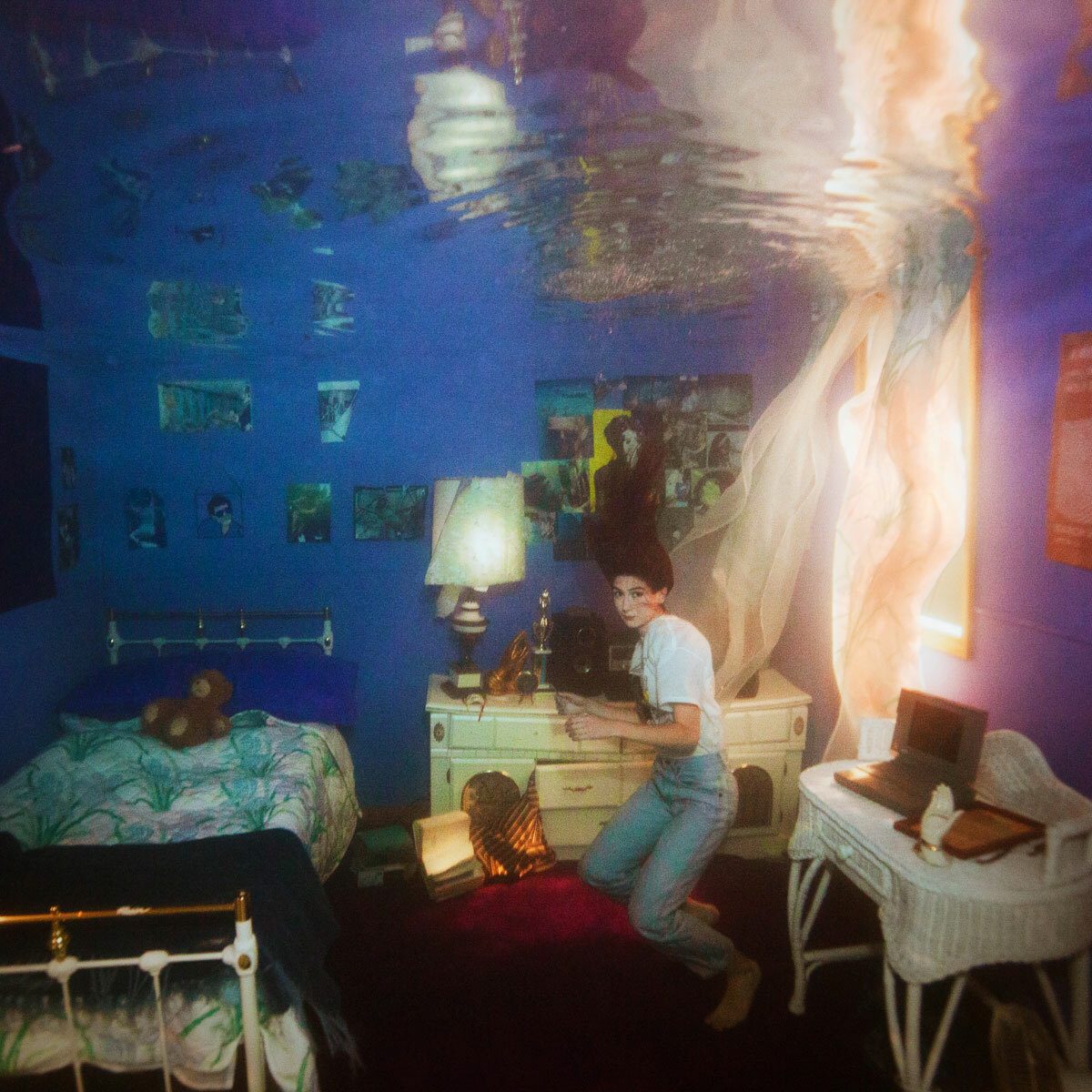
Likely to be feature on many critics’ “best of” lists come the end of 2019, Natalie Mering’s fourth record under her Weyes Blood pseudonym is a long way from the one-woman-and-a-guitar-and-oh-yeah-maybe-a-piano-too school of folky singer-songwriting. Mering’s ethereal voice, its lyrics touching on all the travails of our little-bit-into-the-21st-century lives, soars over lush orchestral arrangements that evoke classic American albums of the 1970s whilst sounding thoroughly modern with it.
David Bowie – Blackstar (2016)
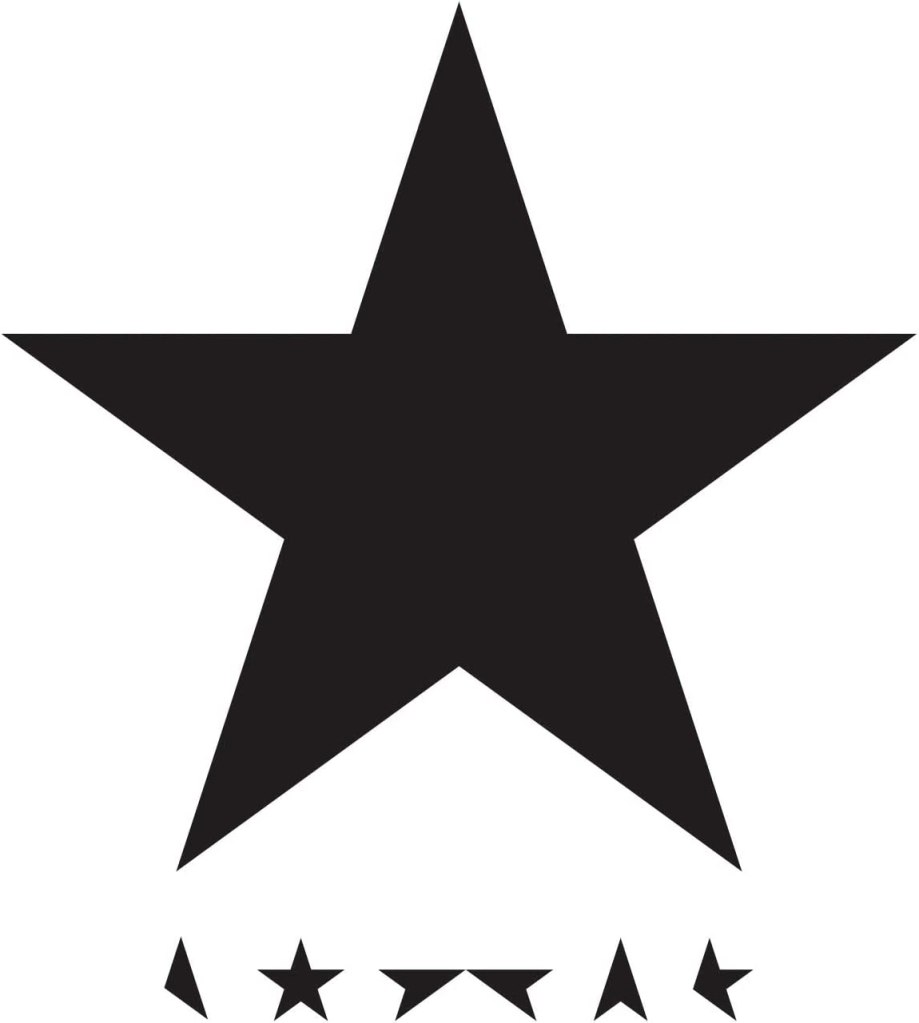
David Bowie’s 25th and final studio album, released two days before his death, Blackstar feels like a knowing final nod to the world, a parting gift for fans – and Bowie at some of his inventive best. Most 69 year-old rock legends would have been content with releasing a suite of comfy, head-nodding numbers to end their career, but that wasn’t Bowie’s way: Blackstar is all spiky art-rock with whiffs of jazz and electronica, a galaxy away from easy listening. But with Bowie’s longtime producer Tony Visconti at the controls, it’s an impeccable joy for the ears.
At a brisk 41 minutes in length and consisting of just seven tracks, this isn’t an album that outstays its welcome – just like its maker, it departs leaving you feeling like there could have been yet greater things to come.
Neil Young – Roxy: Tonight’s The Night Live (2018)

Released in 2018 but recorded 45 years earlier, this exceptional album perfectly captures the atmosphere, warmth and raucous energy of Young’s live show with The Santa Monica Flyers – the inaugural gig at now-legendary LA nightclub The Roxy. Despite its critical success, the studio version of Tonight’s The Night is among Young’s thornier records, consisting mostly of loose, off-kilter one-take recordings and festering with end-of-the-hippie-dream cynicism; death, drugs and darkness abound. Harvest it most certainly is not. But here, presented in the concert context with jokey stage banter intact, those same songs (and a couple of others) take on a livelier, more vibrant tone – this is a party, not a wake for departed friends.
Make sure to listen to it in 24-bit/192kHz master quality (should your bandwidth be broad enough) at Young’s online archive, which currently features almost his entire catalogue, for free, in high resolution.
Buy Roxy: Tonight’s The Night Live (24-bit/192kHz AIFF/FLAC/ALAC/WAV) here
Arcade Fire – Funeral (2004)
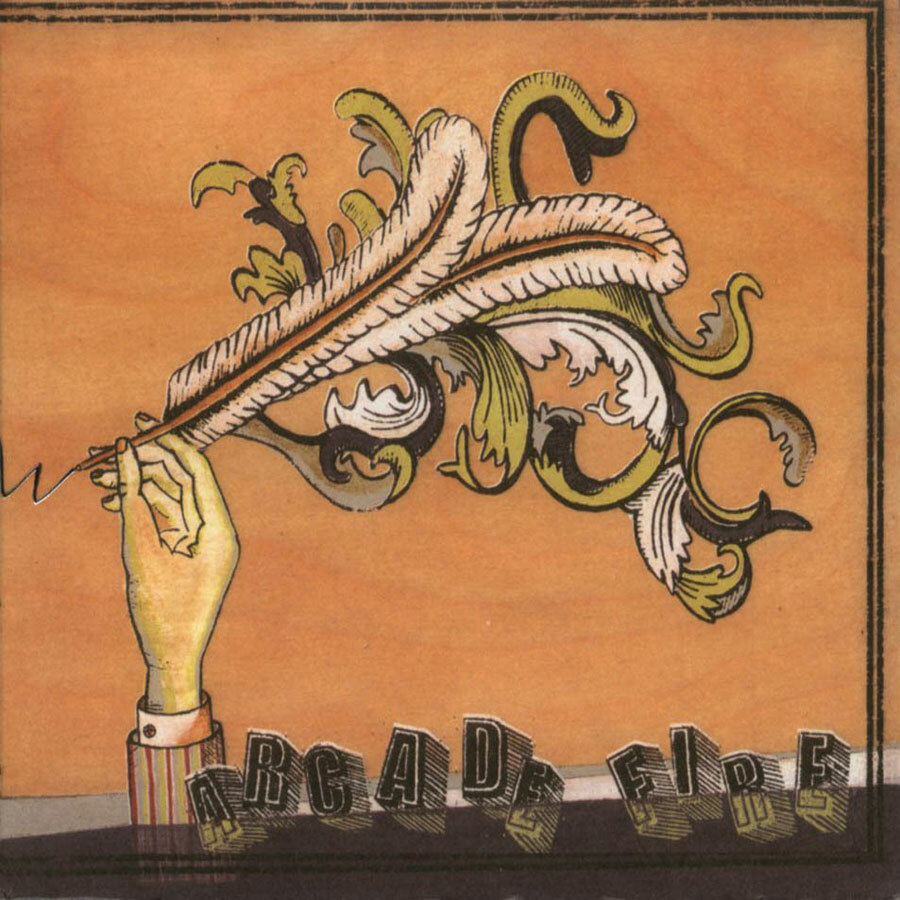
Bringing a maximalist attitude to chamber pop, showcased by euphoric singalong anthems like “Wake Up” and “Rebellion (Lies)”, Arcade Fire first caught the wider world’s attention with the strikingly overwrought, lyrically dramatic and sonically lush Funeral, a record that showcases the band’s accomplished multi-instrumentalism and its ability to make songs both hauntingly personal and reassuringly universal. Few albums about death sound as vital and life-affirming as this one.
Nine Inch Nails – The Downward Spiral (2017)

Originally released in 1994 but now available remastered in a “definitive edition”, Nine Inch Nails’ second studio album is an alt-rock trailblazer, blending heavy metal, ambient, industrial rock and techno elements into a textural tour-de-force that’s left it regarded as one of the 1990s’ most important and influential records.
A concept album based around a man’s psychological breakdown, The Downward Spiral is an aggressive and abrasive record that tackles all manner of transgressive subject matter – self-harm, drug addiction, alcoholism, suicide – while sounding appropriately discomforting. Produced and recorded by NIN frontman Trent Reznor and Flood in the house in which Sharon Tate was murdered by the Manson Family, there’s a dark power to its sonic perfectionism that conveyed best on a high-quality hi-fi setup.
The War on Drugs – A Deeper Understanding (2017)
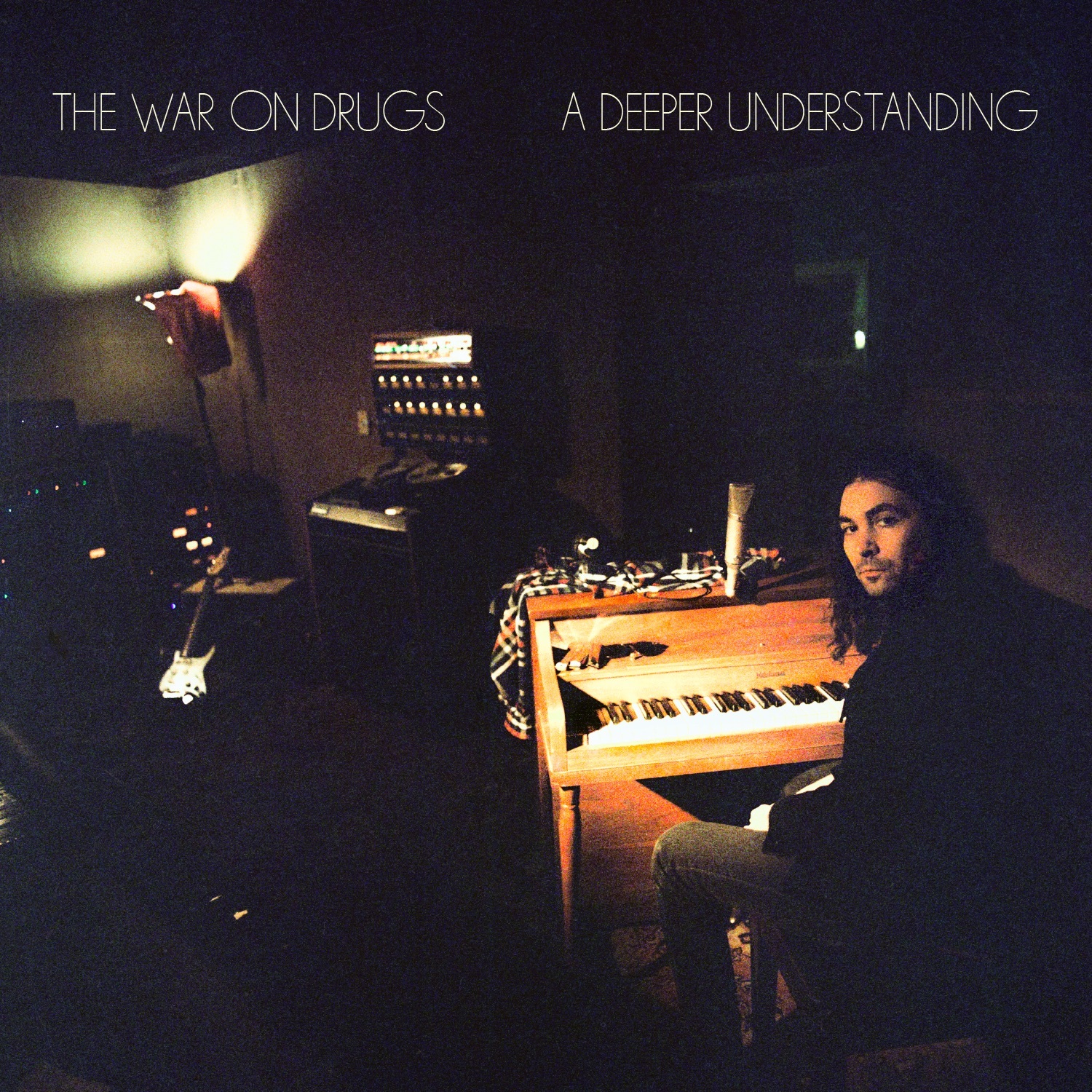
Kurt Vile’s former band are pretty much the definition of drivetime rock, with echoes of Springsteen, Straits and even a hint of Bryan Adams (it’s not a bad thing) to their widescreen epics (seriously, only three songs on this album clock in at under six minutes). But you can tell every single note on A Deeper Understanding has been recorded and re-recorded until it sounds exactly right, with slightly more focus on shimmering synths than their previous records. And while it’s hard to shake the feeling that this is a quintessential ‘white men whining about stuff’ album, when it sounds this good, you just have to let them get on with it.
Kendrick Lamar – Damn. (2017)
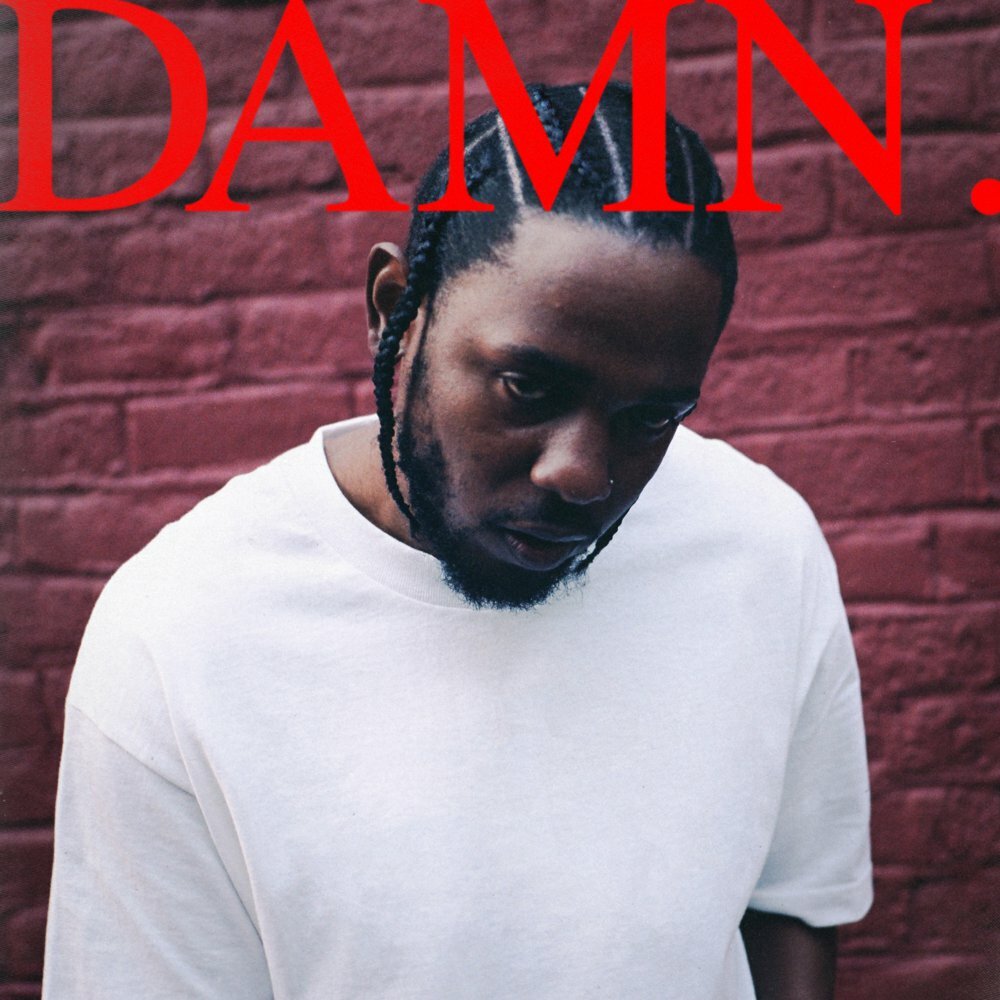
Kendrick Lamar’s one-man mission to change hip-hop was well underway by the time he released Damn. this year, with the kaleidoscopic To Pimp A Butterfly already pushing the genre to places it had never been before in 2015. Damn. is another concept album, with Kendrick’s confrontational poetry telling another story about being a young black man in America. More thoughtful than the shock and awe of ‘90s gangsta rap, it can actually be played in reverse order, flipping the narrative on its head. Perhaps most impressively, it features Bono on a song that’s not rubbish.
Mogwai – Every Country’s Sun (2017)
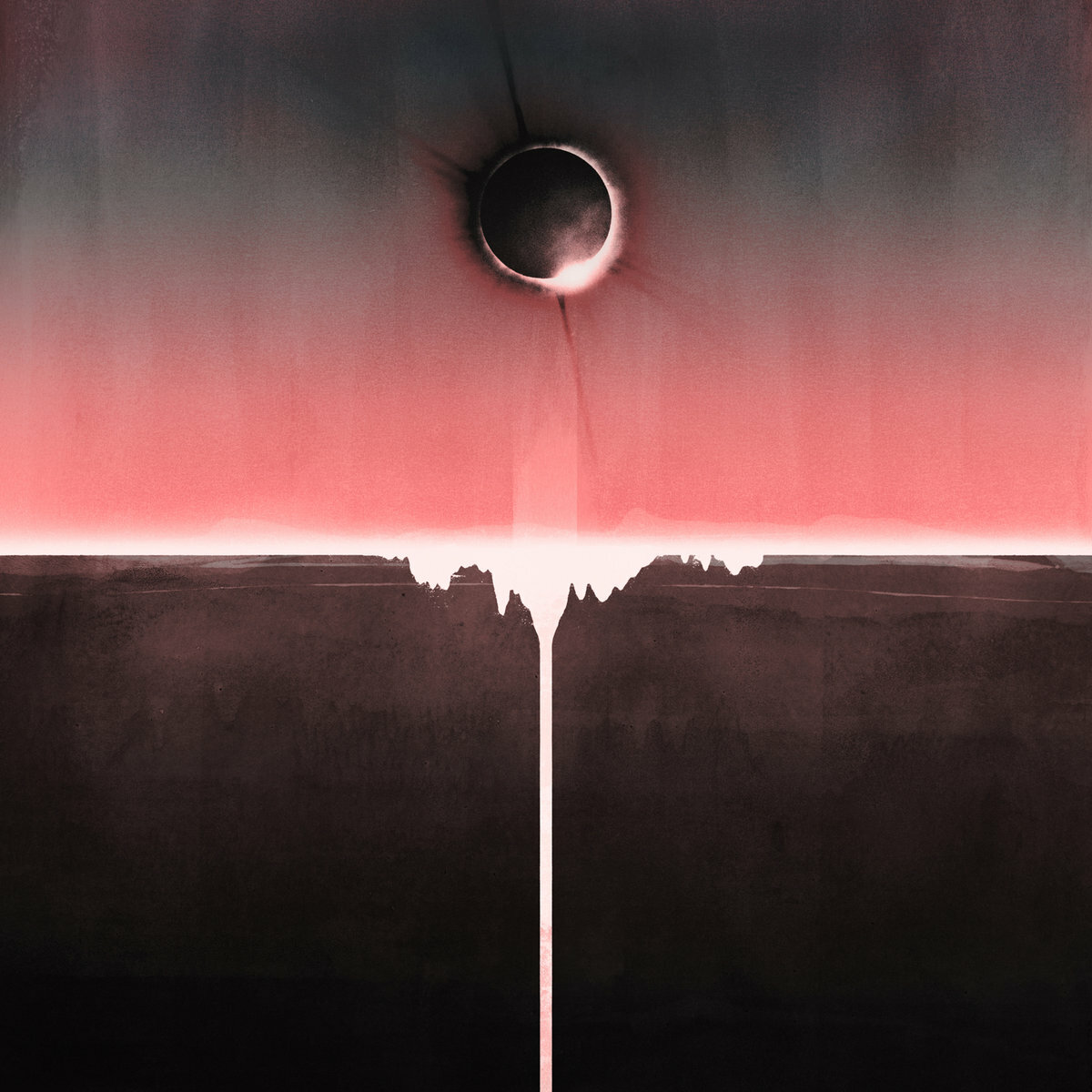
Glasgow’s Mogwai might have left behind the quiet/loud song structures that helped them to put post-rock on the map back in the ‘90s, but their recent albums have been no less dynamic, building on the drama and intensity that made them famous and evolving it.
Every Country’s Sun (named after a clanger dropped by a friend of the band) is often surprisingly upbeat, finding warmth where previous records have had a tendency to feel a little clinical and cold. It’s also less reliant on their trademark guitars, but with songs such as the penultimate track Old Poisons, Mogwai show they haven’t forgotten where the volume dial is when it’s required.
Childish Gambino – “Awaken, My Love!” (2016)
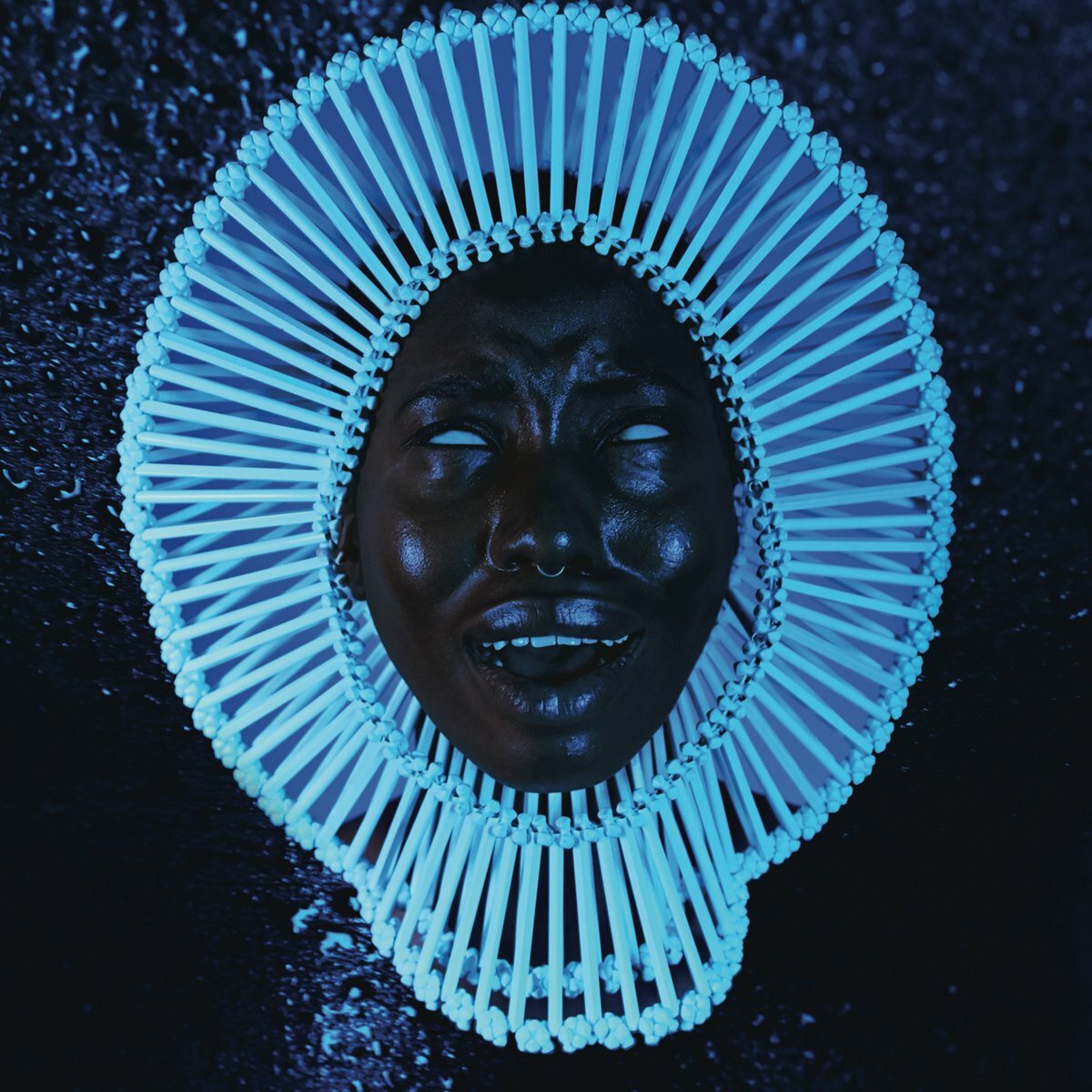
When Childish Gambino (aka Community‘s/Atlanta‘s/Solo: A Star Wars Story‘s Donald Glover) released “Awaken, My Love!”, Questlove from The Roots woke D’Angelo up at 4am to make him listen to it because he was so blown away by its funk-inspired sound. When you have that effect on musicians as respected as those two, you must be doing something right, and the multi-talented star’s switch from straight-up hip-hop to a groovier, more multi-layered style of music couldn’t have gone much better. Redbone is the standout track but as an album it’s still a remarkable funkadelic trip that only makes you wonder what Glover will do next.
Radiohead – OK Computer OKNOTOK (2017)
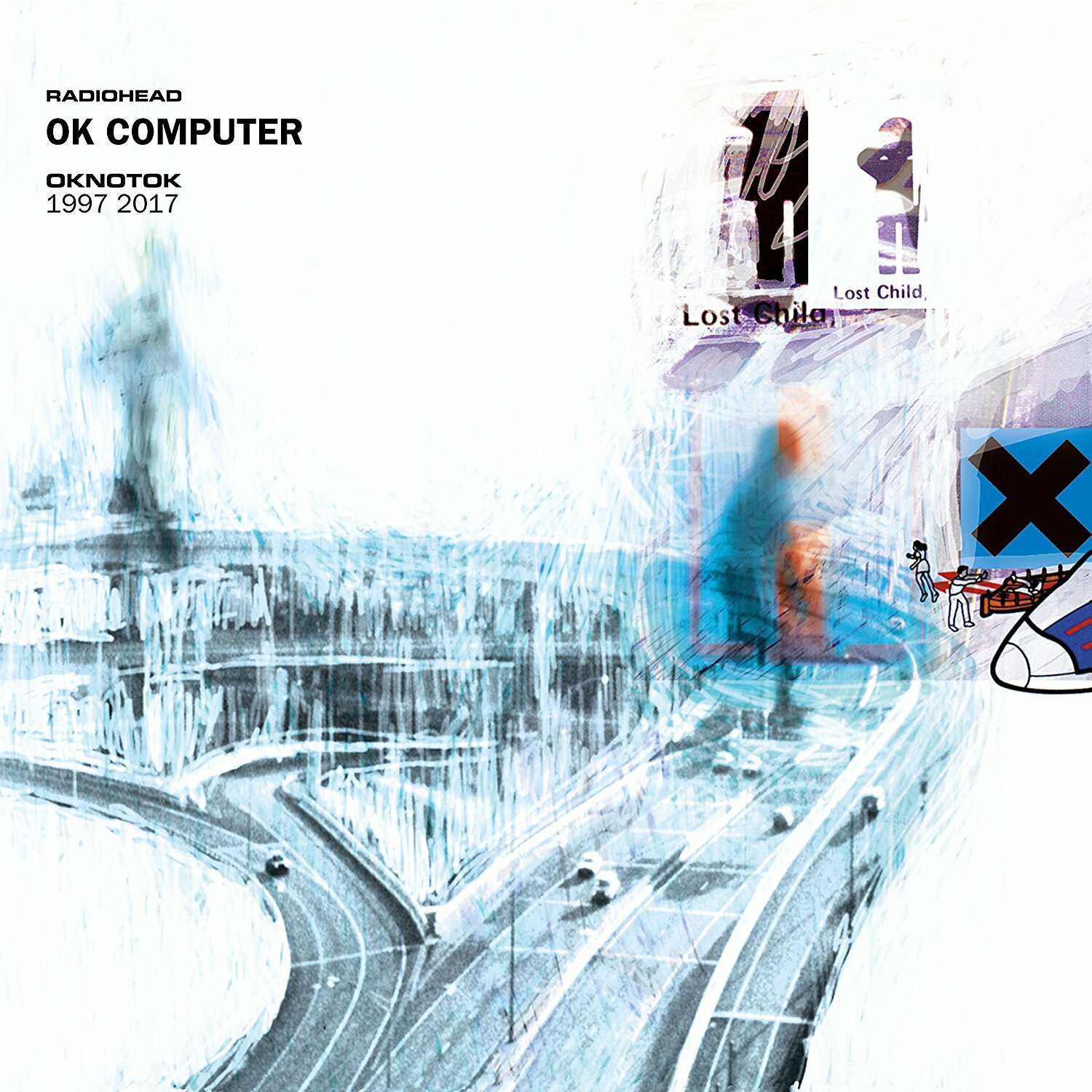
Radiohead’s OK Computer turned 20 years old in 2017 and the band’s seminal record has had a nip and tuck for its birthday. Completely remastered from the original analogue tapes, OKNOTOK also includes three unreleased tracks and eight B-sides from the period. For those unfamiliar with the album, it caught Radiohead right on the cusp of the experimentation that would spawn Kid A, and marries it with the kind of choruses that would have 90,000 fans singing every word back at the band from in front of Glastonbury’s Pyramid stage that summer. A genuine all-time classic.
LCD Soundsystem – American Dream (2017)
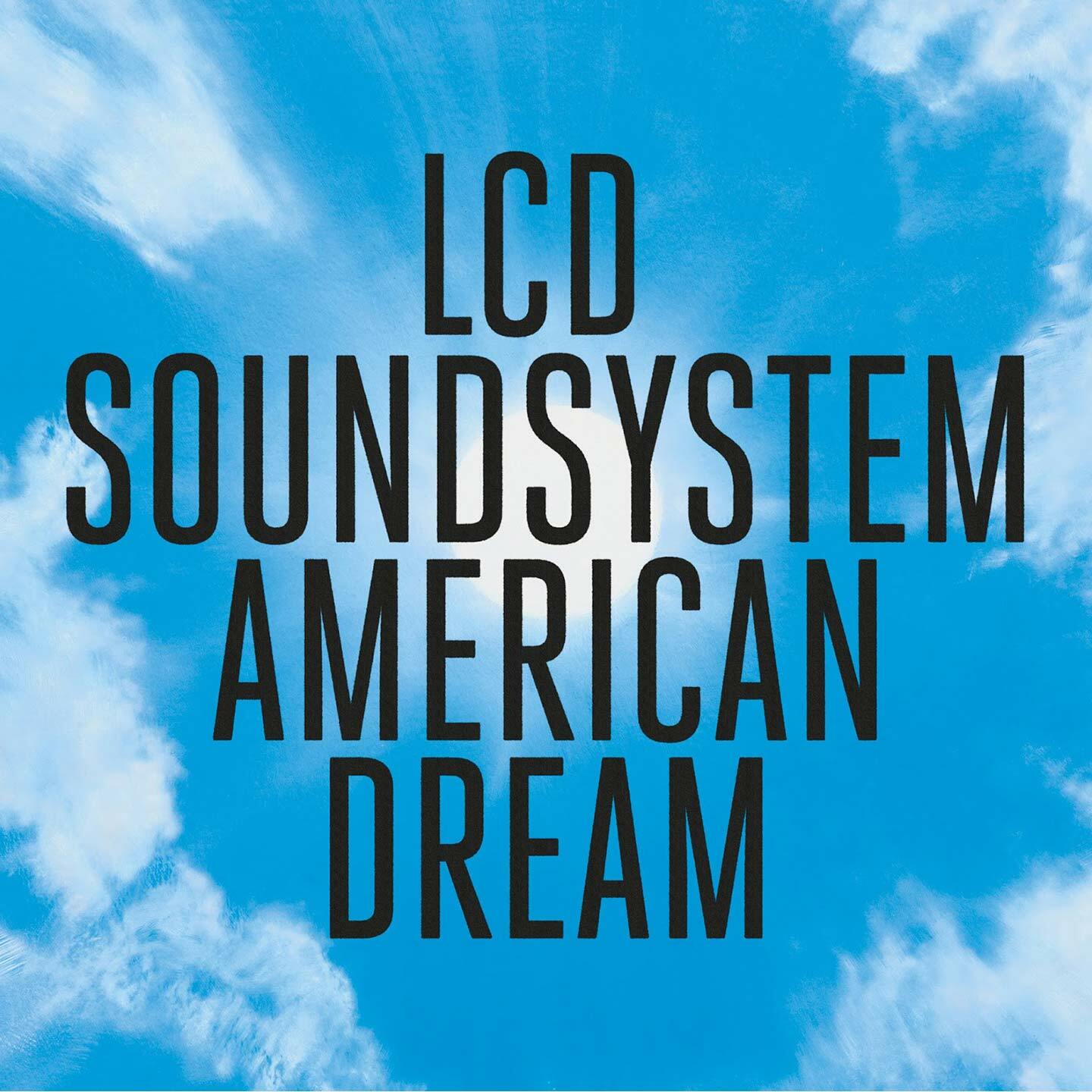
After a relatively short-lived hiatus, LCD Soundsystem returned in 2017 with their take on the American Dream. James Murphy’s encyclopedic knowledge of music from the past 50 years informs a more melancholy record than fans might’ve been expecting; a meticulously recorded tribute to his recently lost heroes rather than a triumphant celebration of the band’s return. The electro-punk that made the group famous in the early noughties isn’t entirely absent (which is just as well, because Call the Police and Tonite are probably the best two songs on the record) but for LCD Soundsystem 2017 isn’t much of a party.
Thundercat – Drunk (2017)

With a guest list that includes both Kenny Loggins (of Top Gun soundtrack fame) and Wiz Khalifa, you should press play on Drunk with your expectations left at the door. Thundercat – a virtuoso bass player born Stephen Bruner – meows, farts and grooves his way through 23 tracks that give a brief insight into his unique musical mind. That might make it sound like an exercise in zany showboating, but on the whole Drunk isn’t as oddball as its ingredients would suggest. That doesn’t mean it’s ever predictable but there’s far more restraint here than you’d expect from a man who toured with Suicidal Tendencies and has a pet cat called Turbo Tron Over 9000 Baby Jesus Sally Hot Carl.
Nirvana – In Utero 20th Anniversary Deluxe Edition (2013)
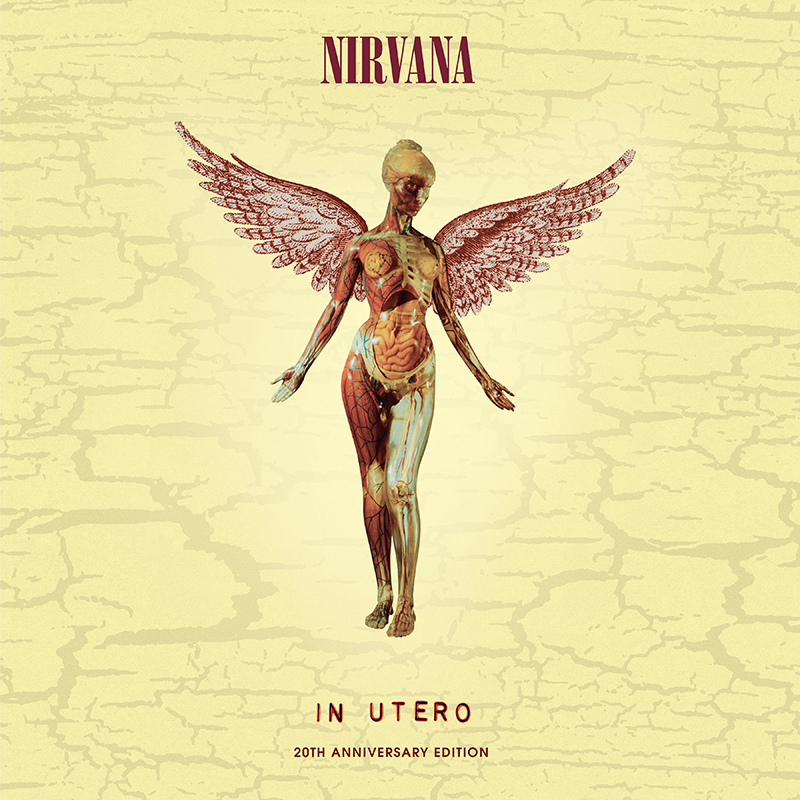
This 2013 special edition of Nirvana’s third and final studio album, released exactly 20 years after the original, includes a remastered version alongside brand new remixes by Steve Albini.
Albini was sound engineer the first time round, but label interference lathed off some of his rougher edges – he evidently couldn’t pass up the chance to take another shot at such classics as Scentless Apprentice, Rape Me, Heart Shaped Box and Pennyroyal Tea, adding greater texture to the original versions.
But for many, the originals were well produced anyway – and it’s here than the remasters’ value is seen, or rather heard: with less compression and greater dynamic range in these versions, Kurt Cobain’s songs have rarely sounded so nuanced.
Interpol – Turn On The Bright Lights: The Tenth Anniversary Edition (2012)
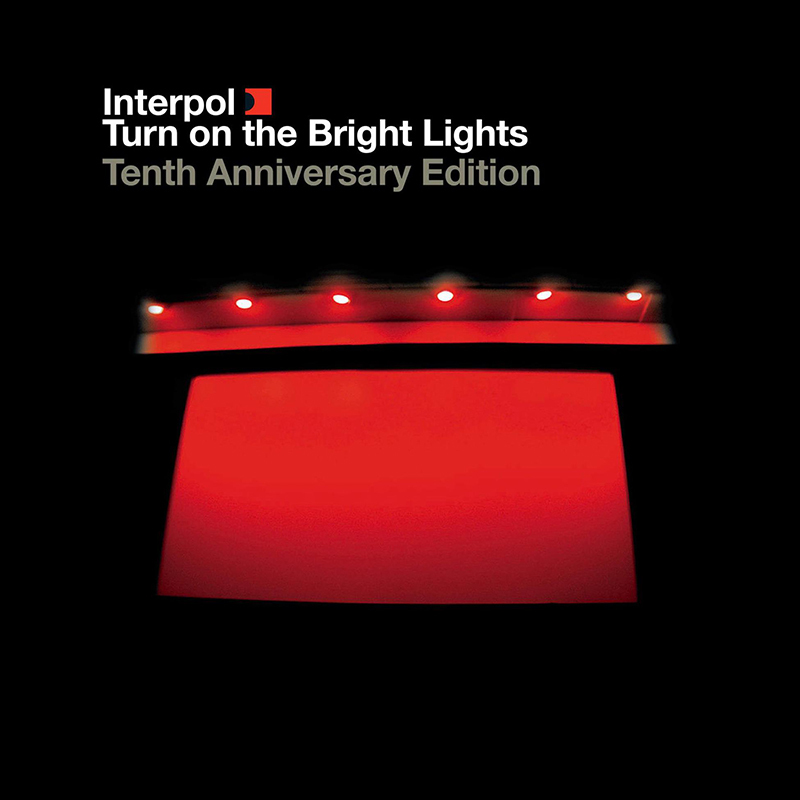
Giving The Strokes’ Is This It a good run for “the most New York debut album of the early noughties”, Turn On The Bright Lights is the record that put Interpol on the map, and also high on the list entitled “bands who people always say sound like Joy Division”.
And while this album’s sound is certainly rooted in post punk – there’s a precision and texture to the playing that create a sense of space, clarity and almost clinical detachment that seems perfectly suited to post-9/11 New York.
Interpol’s trademarks – angular guitars, expressive bass and the studied, effective monotone of Paul Bank’s vocals – sound pleasingly bleak and clean in this remaster, all the better to express TOTBL‘s sketches of pain and squalor.
Download Turn On The Bright Lights: The Tenth Anniversary Edition (44.1kHz/16bit) here
My Bloody Valentine – Loveless (1991)

You’re going to want a weighty set-up for this one. When they perform Loveless live, MBV crank up the volume to such an extent that most fans don earplugs, and while we’re not suggesting you go that far, it’s an album that demands to be played loud. Recorded over two years in 19 studios and with almost as many engineers, it’s dominated by Kevin Shields’ trademark tremolo-heavy guitar plus layer upon layer of samples: sampled guitars, sampled drums, sampled vocals, sampled samples. The net effect is a modern wall of sound, at once hypnotic and chaotic, dreamy and thunderous, urgent and woozy. At its best – the delicate intricacy of To Here Knows When, the relentless hookery of What You Want, the rhythmic assault of Soon – it’s crying out for a system with great separation and precision. [MM]
Dr Dre – 2001 (1999)
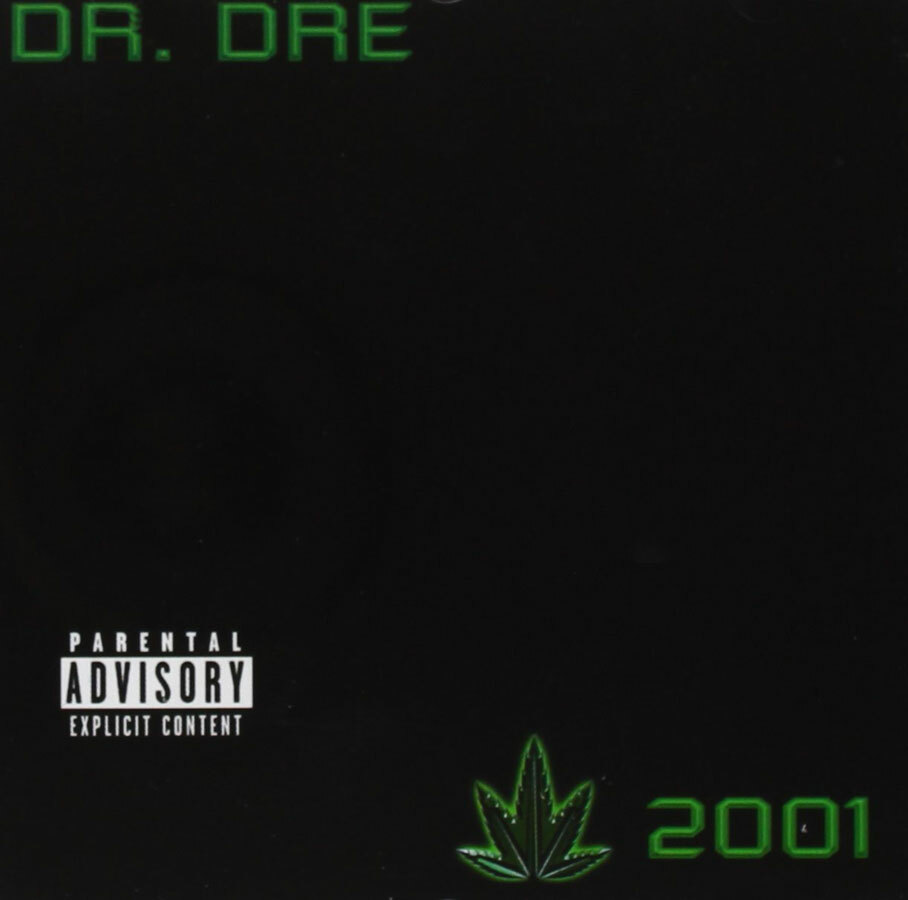
Mainstream hip-hop isn’t the first genre that springs to mind when you think of audiophile-quality recordings: the majority of rap albums are compressed, lacking the dynamic range craved by golden-eared beard-strokers. Not so 2001.
Dr Dre’s second studio album exhibits a clean clarity and dynamic range that suits its sparse beats, bottomless bass, doom-y string samples and g-funk synths – it’s a great workout for any decent pair of speakers or headphones (Beats or otherwise). The lyrical content won’t sit comfortably with every listener, being an encyclopaedia of gangsta rap clichés but, well, it’s a gangsta rap album with a cannabis leaf on the front cover made by the co-founder of N.W.A. If it was mum-friendly it just wouldn’t be the same.
Radiohead – A Moon Shaped Pool (2016)

With some songs of its songs sitting on Radiohead’s back burner for 20 years before being committed to tape it’s hardly surprising that A Moon Shaped Pool is a treat for the ears. Opener Burn The Witch dates back to the Kid A sessions, although it’s far less familiar to fans than long-time live favourite True Love Waits, which has its mournful piano bolstered by a bed of fluttering percussion.
The lilting Present Tense and the record’s highlight Identikit have their roots in older albums too but Decks Dark and the urgent Ful Stop prove A Moon Shaped Pool is much more than just the sound of a band clearing out its drafts.
Marvin Gaye – What’s Going On (1971)
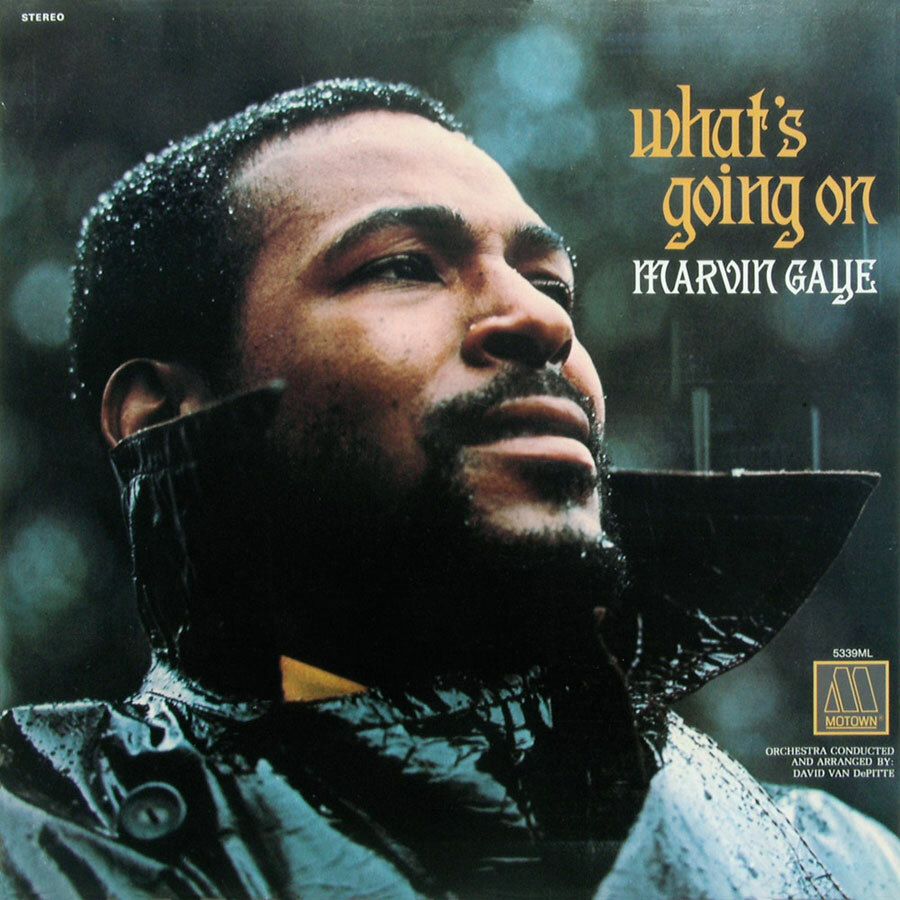
Deeply affected by his brother’s experiences returning from the Vietnam War and what he viewed as rampant, widespread injustice in America, Marvin Gaye shrugged off his soul loverman image and recorded a concept album about the state of the world.
All nine of its songs flow into one another and it ends with a reprise of its opening theme, all the better to tell the story of a Vietnam veteran who has come home from war to see his country in a new light. Gaye tackles poverty, drug addiction and even environmental issues not through angry political rants but from the point of a dismayed man who believes love – not more hatred and violence – is the answer.
As a recording the album exhibits a rare spaciousness, with each element able to be picked out clearly. Combining blues, jazz and soul elements, it’s a hugely influential album and over 40 years after its release, still highly relevant and relatable.
Nirvana – MTV Unplugged in New York (1994)
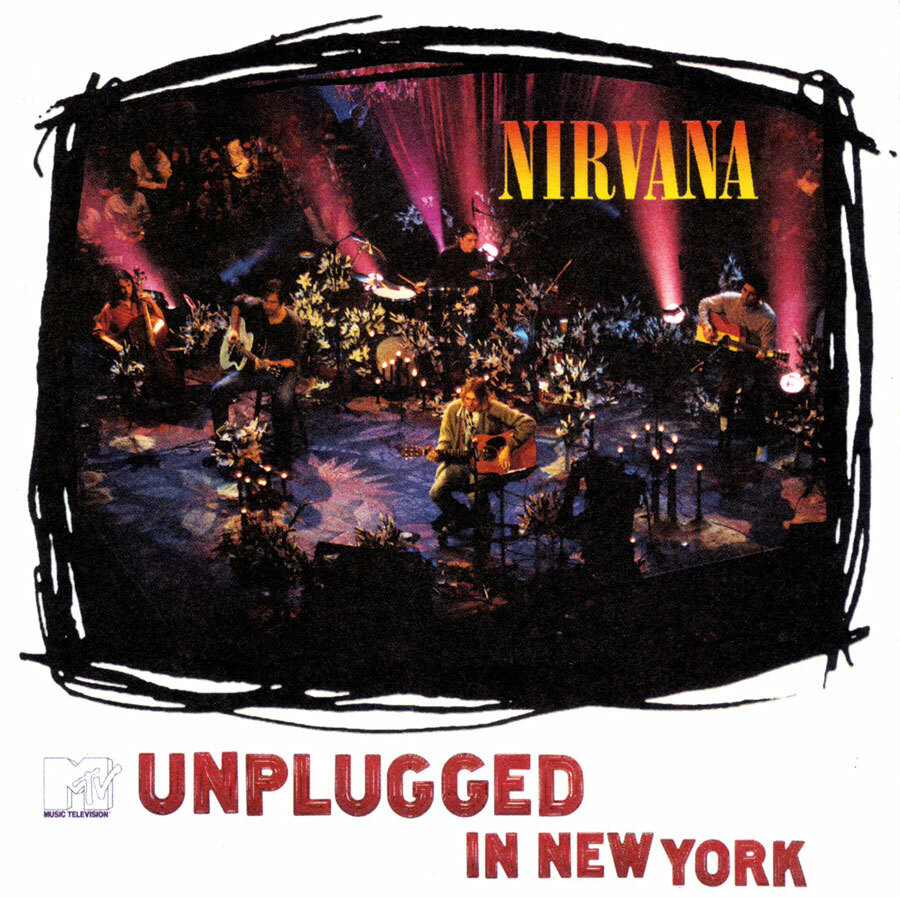
MTV may be a dirty word these days, but the TV network’s Unplugged series served up several excellent albums in the 90s, most of them recorded with a “hey, I could be in the audience” fidelity. And this is one of them.
It would be Nirvana’s last album recorded before Kurt Cobain’s suicide, and hindsight adds extra weight to songs like Pennyroyal Tea, Something In The Way and the soul-wrenching closer Where Did You Sleep Last Night. That song is one of several covers performed by a band who appear to have consciously avoid picking their biggest hits for the acoustic treatment. But the reworkings of Cobain’s own songs, stripped of their grunge trappings, highlight just how much of a talent he was when it came to melody and lyricism – a talent that would be lost forever five months later.
The Beatles – Abbey Road (1969)
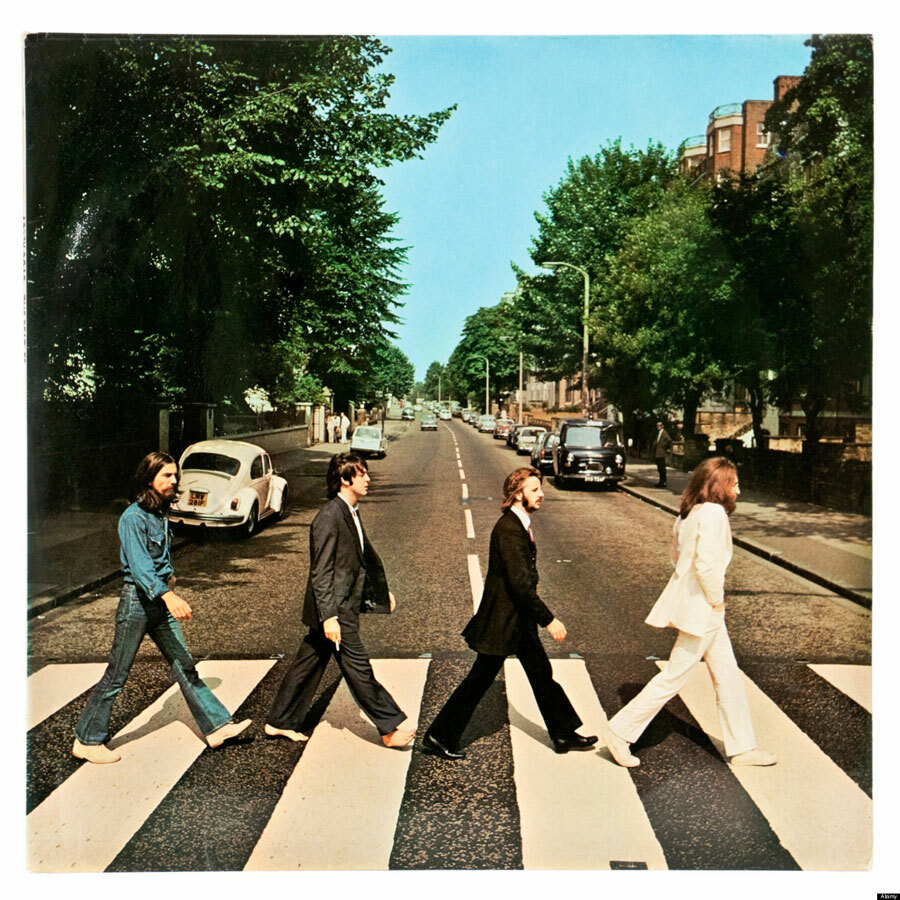
Recorded in eight tracks rather than the four of previous Beatles albums, Abbey Road was remastered and rereleased in 2009, and this version is considered the best in terms of audio quality. At the time of its release, some critics claimed the band’s use of the Moog synthesizer was “inauthentic”, but in retrospect most of them – and the wider world – consider Abbey Road to be among The Beatles’ best LPs, and certainly their most painstakingly produced.
Bon Iver – Bon Iver (2011)
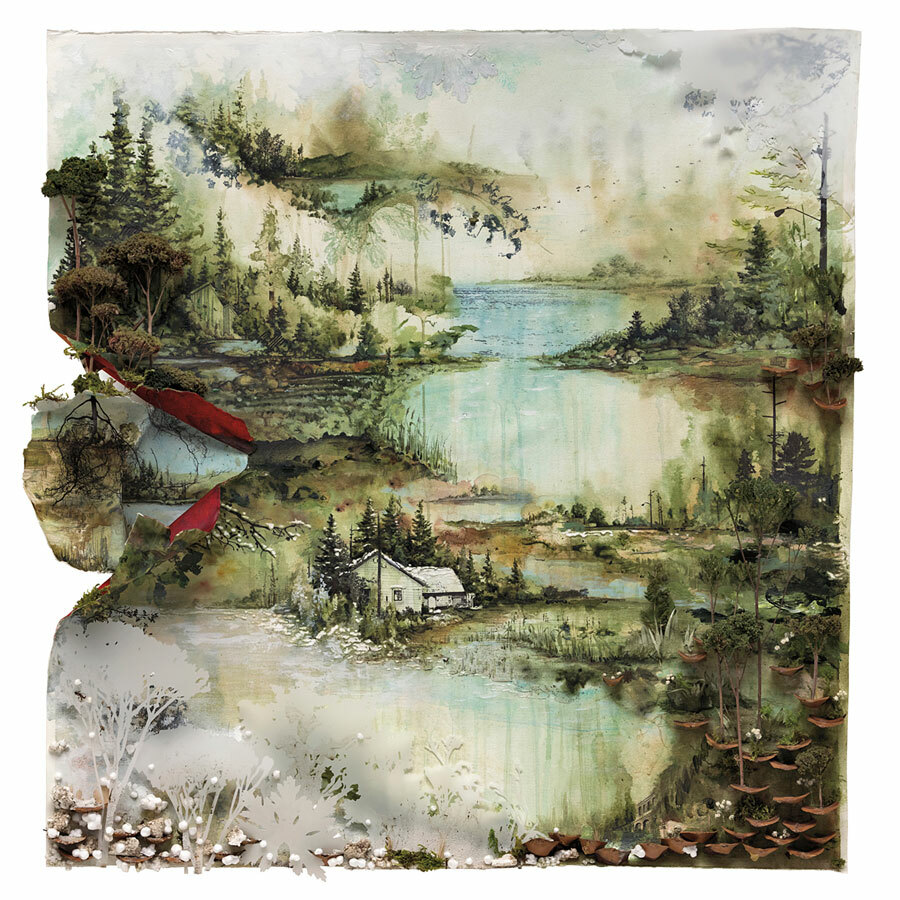
Trading the intimate “folk music pity party in a log cabin” feel of debut album For Emma, Forever Ago in favour of a more expansive, ambitious sound, Justin Vernon’s second album as Bon Iver flirts with R&B-style crooning, country hoedowns and, at one point, Bruce Hornsby and the Range-esque MOR (well, that’s what it takes to win a Grammy as an indie artist these days). But there’s beauty throughout: Vernon’s multi-tracked voice and his band’s rich instrumentation evoke the icy northern reaches of America just as deftly as For Emma did – but in a far grander way. There are landscapes conjured by this record, and they are vast.
R.E.M. – Automatic for the People (1992)

R.E.M. were no strangers to chart success by the time they released Automatic for the People, but this was the album that cemented the Athens, Georgia natives as the mainstream’s favourite alternative rock band. And you can’t say they got there by continuing down the jangly, upbeat pop furrow they’d ploughed with earlier songs like Shiny Happy People: Automatic features only three tracks that move above mid-tempo (two of which became singles) and for the most part, it’s a sombre, ballad-dominated affair. It might be a dark journey, but it’s also musically irresistible thanks to the lush arrangements, in which organs and strings feature prominently.
Dusty Springfield – Dusty in Memphis (1969)
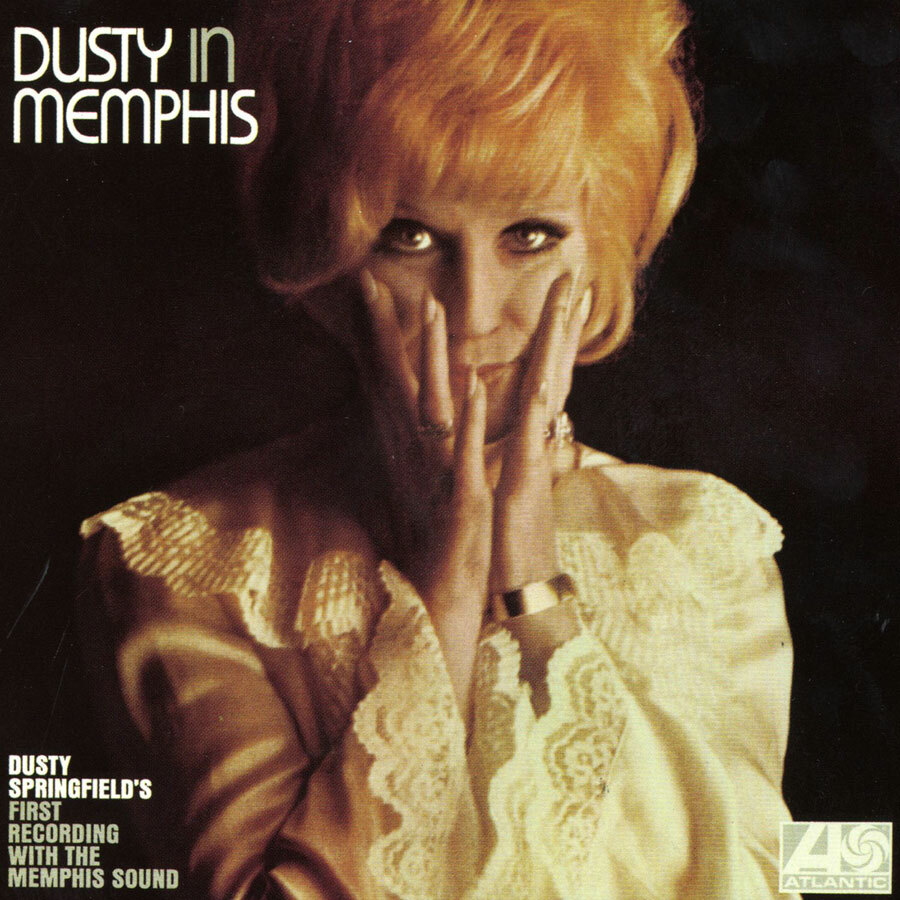
In an attempt to boost her musical credibility, British swinging sixties icon Dusty Springfield decided to make an album of soul songs – and record it in a city forever associated with the origins of soul and blues. The result was Dusty In Memphis, a record that didn’t make many waves when it was released but has since been recognised as one of the best releases of the 1960s – or any decade. The tracks are arranged and recorded with a rare perfectionism (Springfield ended up re-recording all her vocals in New York because she was unhappy with the Memphis takes) and the songs hit a sweet spot between soul and pop that suggests Dusty was way ahead of her time.
Burial – Untrue (2007)

Believe it or not there was a time when dubstep wasn’t the sound of adverts for energy drinks. These days Burial’s Untrue is barely recognisable as dubstep: there’s no pumped-up euphoric drops and it barely hints at the wriggling ‘wub wub’ bass that was to come. Play Etched Headplate in most clubs and the only way you’d empty the dancefloor quicker would be to release a wolf onto it. That’s because Untrue isn’t a record for dancefloors; it’s a record about the lonely, 3am bus ride home, or the feeling of unease you get when walking alone late at night. While Untrue is not an album with any daylight in it, it’s a long way from The Dark Side of the Moon. You don’t listen to it to appreciate the stereo image of your expensive hi-fi, you listen to it for its heavily textured yet spacious tunes, and samples that sound like coins or bullet casings falling to the cold pavement. [TW]
The Flaming Lips – The Soft Bulletin (1999)
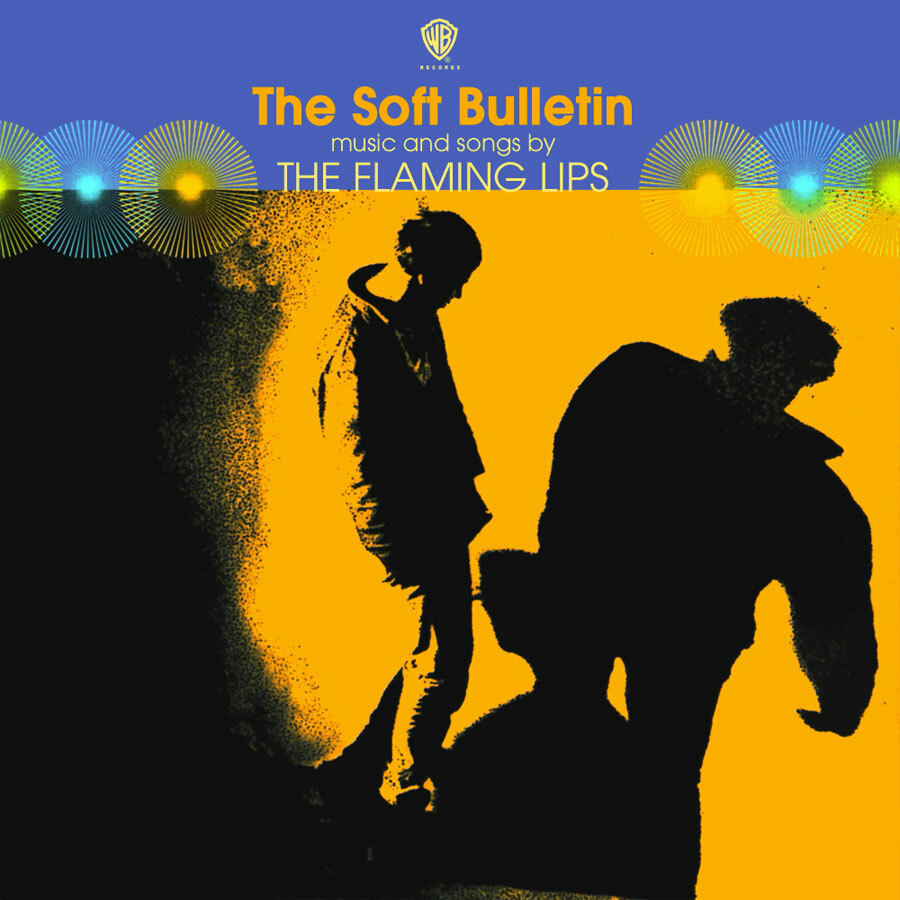
Boom! Boom! Crash! Boom! Subwoofers at the ready – it’s a Flaming Lips album… Although actually, The Soft Bulletin isn’t just a Flaming Lips album, it’s THE Flaming Lips album, the high-point of a career now spanning 31 years and 14 albums. It’s also the finest moment in the career of producer Dave Fridmann, a man regarded as the indie-rock Phil Spector (but without the murder) and whose CV also takes in such classics as Weezer’s Pinkerton and Mogwai’s Come On Die Young. Fridmann ramps up the percussion on The Soft Bulletin, turning drums and cymbals into weapons of mass destruction. But if the sound’s big, the songs are bigger still – from string-drenched opener Race For The Prize to the searingly honest Feeling Yourself Disintegrate, it’s a work of musical and lyrical genius. [MM]
The xx – xx (2009)

In 2009 four young, perpetually black-clad Londoners released an album blessed with a rare feeling of what one could call “sonic unity”: every track just fits. There’s something incredibly clean about the xx’s self-titled debut, as though the band are performing in an hermetically sealed room devoid of furniture, fittings, dust, microbes and, well, anything that isn’t their instruments. Sparse drum machine beats, taut bass, a guitar tone polished to a mirror sheen and understated vocals from Oliver Sim and Romy Madley Croft make up a record of immense restraint. It’s almost the opposite of Phil Spector’s “wall of sound”: there’s an evidence of sonic space here that makes the xx’s gloomy brand of pop a joy to listen to.
Rage Against The Machine – Rage Against The Machine (1992)

Thanks to bands like Limp Bizkit, Linkin Park and Papa Roach, the fusion of hip-hop and hard rock would later become a byword for “horrific men saying horrifically dumb things”, but it all started in much better place: Rage Against The Machine’s eponymous debut album. While those other bands might have been angry at their parents, Rage were angry about the Western world, the military-industrial complex, the entire capitalist system. Very angry. Zack de la Rocha’s politically-charged lyrics and Tom Morello’s squealing guitar make for an incendiary mix, but Bob Ludwig’s mastering keeps everything from boiling over. We have no hesitation in saying that this is one of the cleanest, most audiophile-friendly hard rock albums ever made. Marxist political theory rarely sounded so funky.
Animal Collective – Merriweather Post Pavilion (2009)

When Baltimore psyche-pop oddballs Animal Collective turned to samplers and synths as the dominant instruments for their eighth studio album, few could have guessed that it would turn out to be their most successful on both the commercial and critical fronts (although it’s far from a mainstream pop record, and less open-minded listeners might find its unconventional song structure baffling).
The members of the band are older and have settled down, but their youthful joie de vivre hasn’t melted away in Merriweather Post Pavilion – it’s just shifted focus. There are songs about Avey Tare and Panda Bear’s families on here but not a trace of sentimentality, just soaring, luscious electronic soundscapes and harmony-heavy vocals that bring to mind a post-rave culture Beach Boys.
Fleetwood Mac – Rumours (1977)
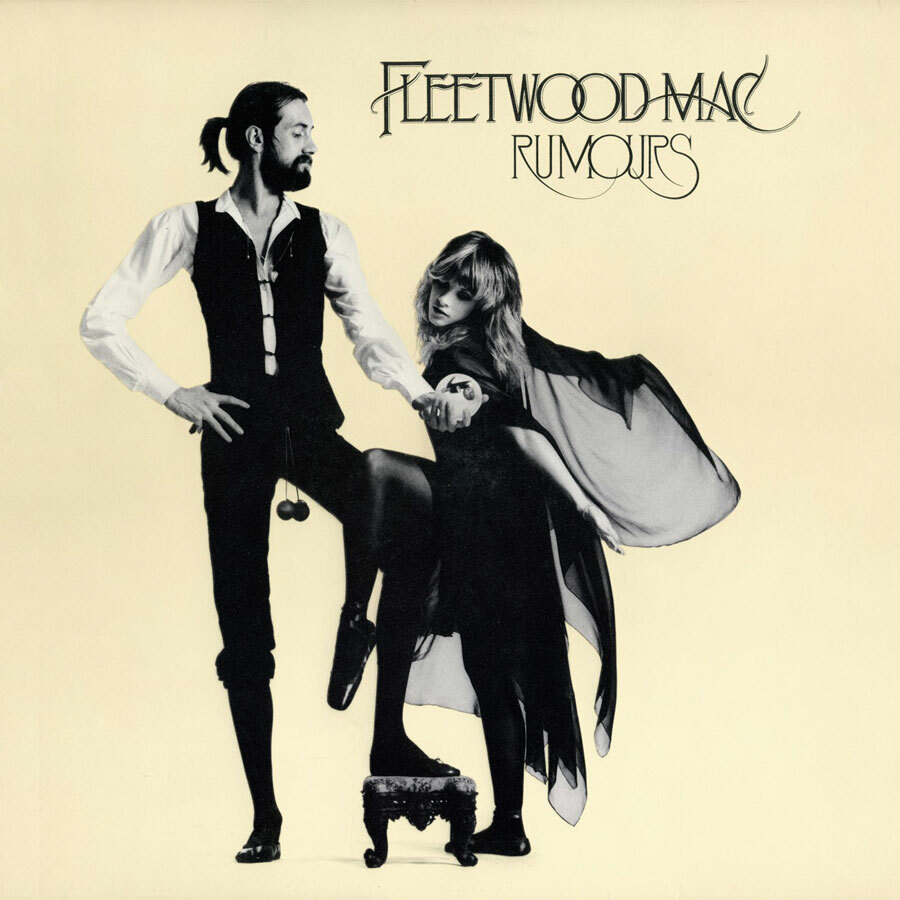
Rumours‘ meta-story is almost as compelling as the album itself: recorded against the backdrop of two intra-band breakups and rampant cocaine consumption, it signalled a new mainstream rock direction for the British bluesy throwbacks – one that propelled the group into new realms of popularity. Spurred by the songcraft of new American recruits Stevie Nicks and Lindsey Buckingham, Fleetwood Mac produced an LP without a skippable song (well, maybe “Oh Daddy” if you’re feeling particularly mean), and the production and mastering are every bit as noteworthy as the hooks.
OutKast – Speakerboxxx/The Love Below (2003)
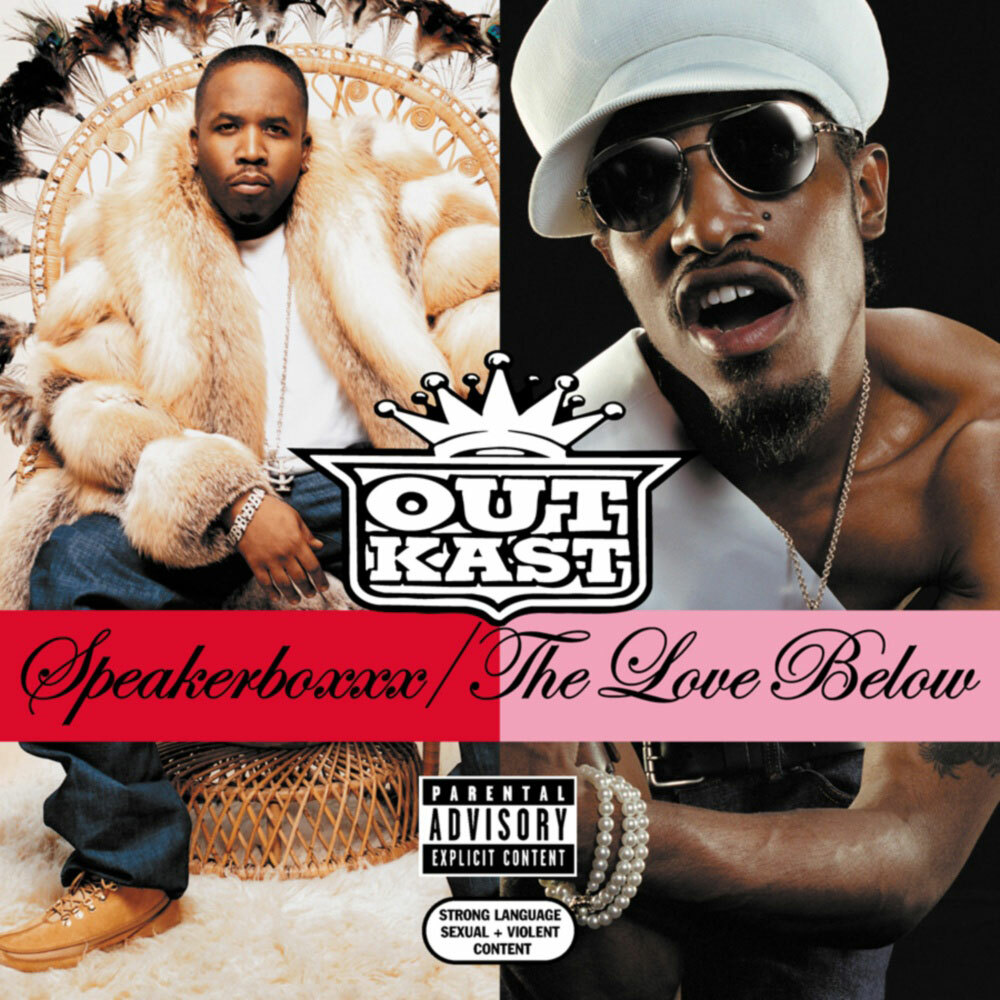
The fourth killer record in a row from Atlanta hip hop duo Andre 3000 and Big Boi, this is essentially two solo albums in a single case. In hindsight, it was a signal that a creative partnership that had proved so fruitful in the past had run its course – but when each of the albums is as good as these, who cares? Andre 3000 morphs into an manic electro crooner and Big Boi brings all manner of cleanly-produced, P-Funk-influenced club-friendly jams.
Steely Dan – Aja (1977)
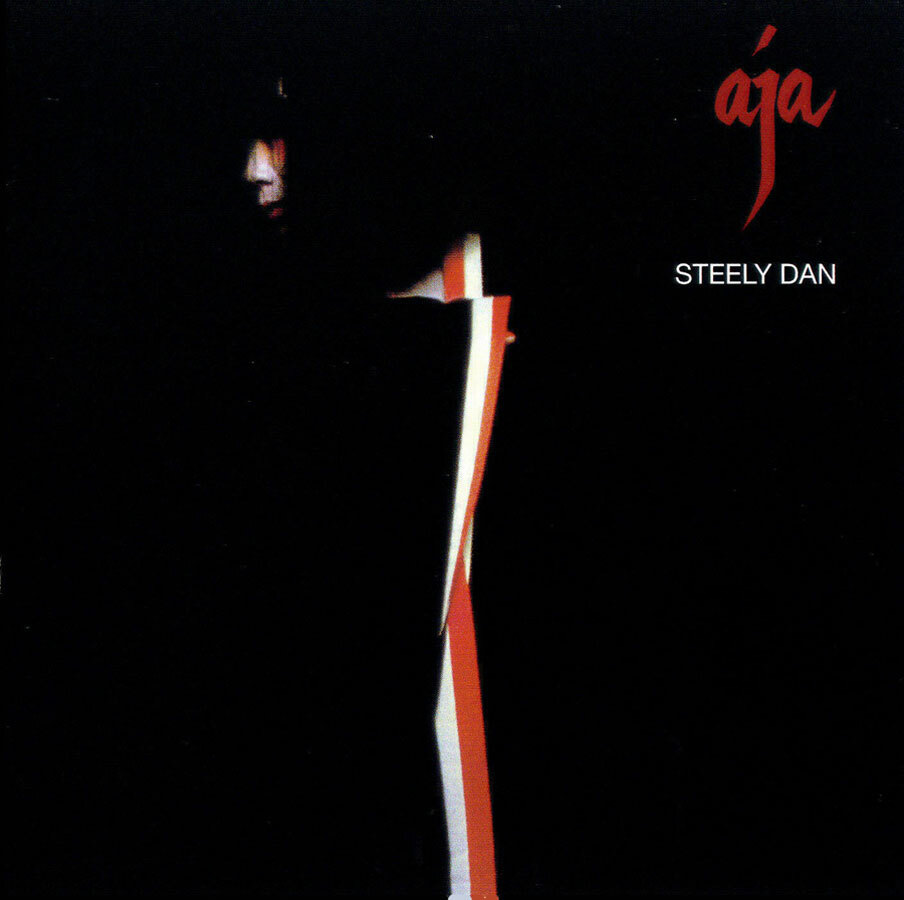
In all honesty, if we had the space we could put all of Steely Dan’s studio albums on this list. New York jazz-rockers Donald Fagen and Walter Becker are nothing short of slaves to perfection when it comes to recording and mastering, and consequently each LP is an audiophile’s dream. But if we have to pick a single one, we’ll say 1977’s Aja, which features something like 40 session musicians and some of the band’s most seamless production yet. Jazz-rock may conjure up nightmares of Kenny G soullessly noodling his sax, but their songs’ cynical, acerbic lyrics have always elevated “the Dan” to something more than the sum of their parts.
Joni Mitchell – Blue (1971)
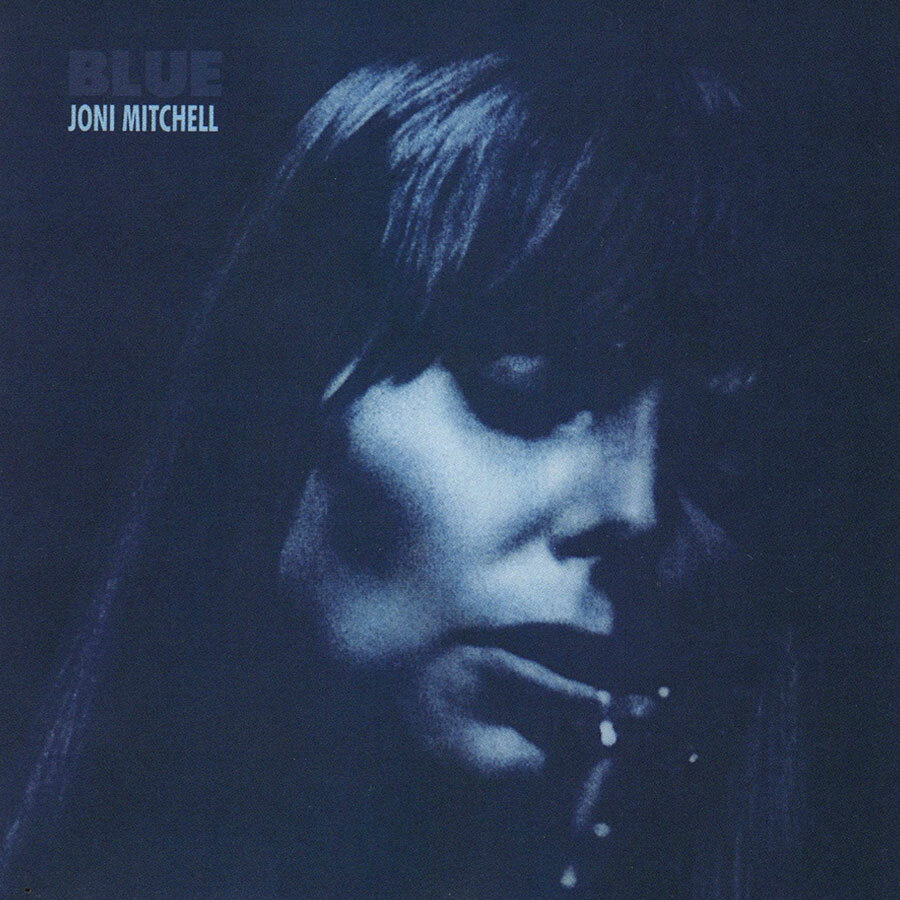
Joni Mitchell’s masterpiece, Blue is a spare, sparse record showcasing the Canadian’s pure stripped-down songwriting: most songs feature little instrumentation beyond Mitchell’s acoustic guitar or piano. It’s recorded to be highly revealing (with headphones, you can hear the piano pedals moving in the title track) which is entirely appropriate given the confessional nature of the songs, in which Mitchell details her life, loves and struggles with depression with unflinching transparency. Mitchell herself later said of the album, “There’s hardly a dishonest note in the vocals. At that period of my life, I had no personal defences. I felt like a cellophane wrapper on a pack of cigarettes.” It’s all there, clear as a bell, in the recording.
Daft Punk – Random Access Memories (2013)
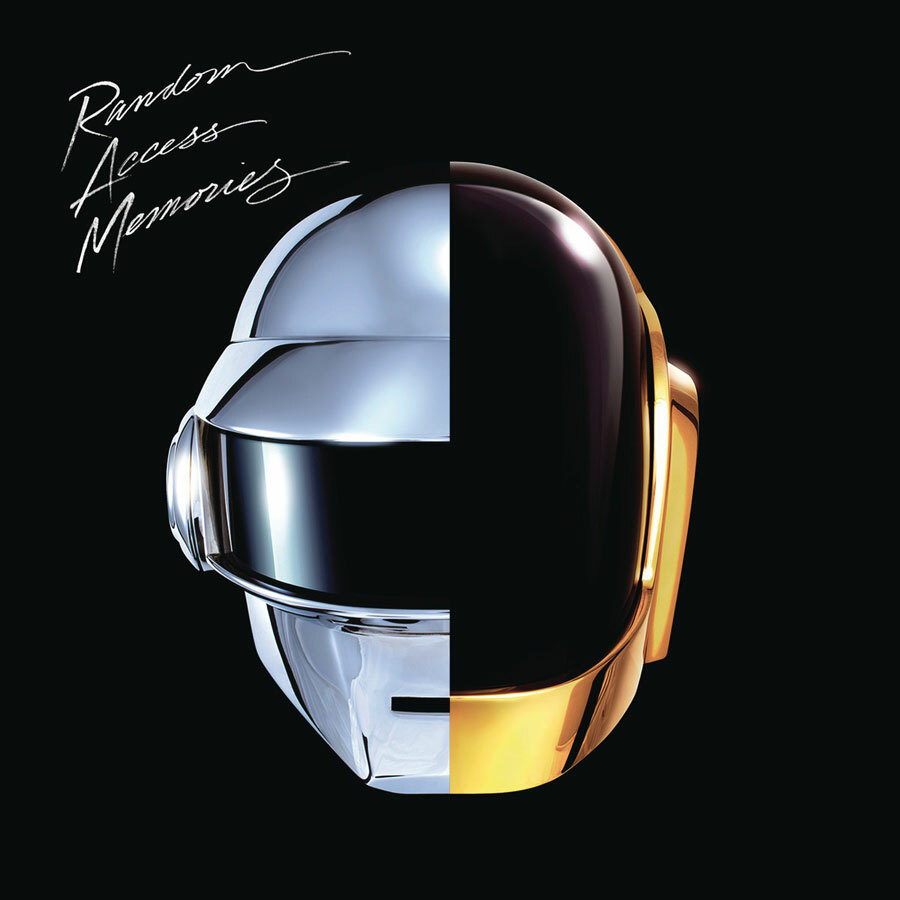
Less an album than a love letter to disco, Random Access Memories will never be the most beloved of Daft Punk records – Get Lucky aside (check it out if you get the chance, it’s the sound of the summer), there’s nothing here that gets its hooks into you like Around The World or One More Time. But thanks to the use of original instruments and some of the most talented session musicians (almost every sound on the album comes from a “real” instrument) and collaborators in the game, it’s an exquisite body of work. And it sounds amazing: rarely has deep sub bass every sounded, well, so bassy, so real and so gigantic as it does on RAM. There’s a wide dynamic range here, so this is one big recent release that hasn’t fallen victim to what horrified audiophiles refer to as the “loudness wars”.
Miles Davis – Kind of Blue (1959)
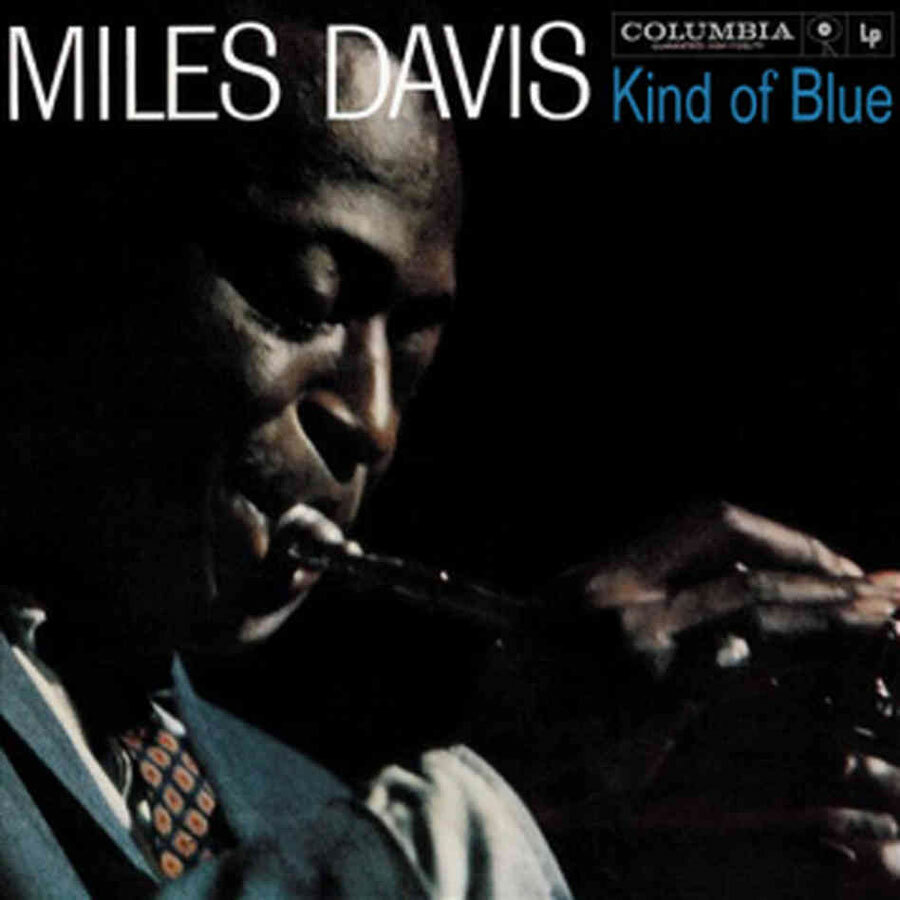
Probably the most famous jazz album of all time – and almost certainly the best-selling, Kind of Blue represented a new direction for Miles Davis, as he discarded the complex chord progressions of hard bop for something different: improvisations based on scales, or “modal” jazz. The result is an album of gentle, evocative numbers that influenced not only the jazz scene but other genres like rock and classical. Ever the innovator, Davis later abandoned Kind of Blue‘s laid-back style, regarding it as a product of its time that no longer moved him.
Sigur Ros – Agaetis Byrjun (1999)

Before Iceland’s Sigur Ros became the go-to band to soundtrack every Attenborough documentary they sat awkwardly on the edge of post-rock – but it was a genre that never seemed to fit them. There are elements of Agaetis Byrjun that qualify it for such categorisation – it sounds epic in the true meaning of the word, not what you say when you’ve just eaten a really nice biscuit – but if anything it’s more post-folk, like Mogwai with flutes, horns and an orchestra rather than delay pedals and a volume dial. It creaks, moans and soars with the sounds of the band’s near-Arctic home, and, without wanting to make it sound too much like some sort of hipster Enya record, there’s even a hint of whale song to Jonsi’s vocals. [TW]
Neil Young – After The Gold Rush (1970)
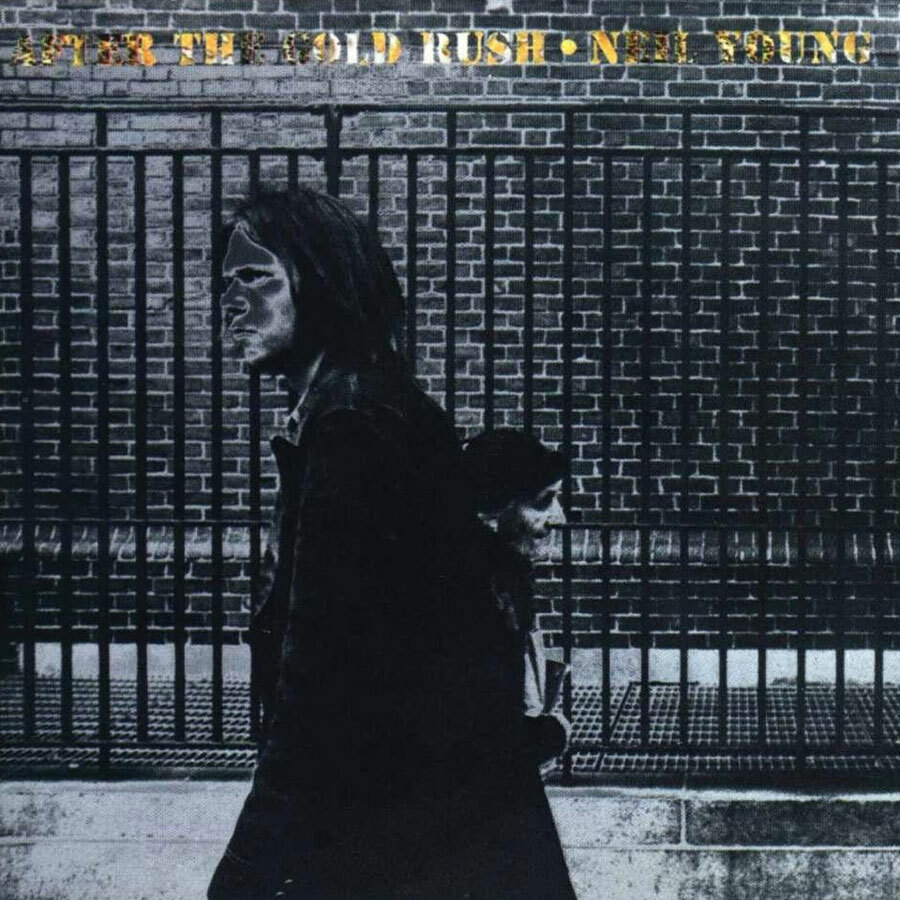
Whether wrenching a feedback-drenched wall of noise from a battered Les Paul or strumming his way through a gentle countrified ballad, Neil Young has always been an artist who cares about sound quality: he favours releasing albums in Hi-Res formats like DVD-Audio and Blu-ray, and is about to launch Pono, a portable Hi-Res Audio player.
While you could argue for days about which of Young’s 40-odd LPs is the best, few offer as complete a picture of his range as a songwriter than After The Gold Rush, an all-killer-no-filler record offering mournful piano ballads (the title track and Birds), down-home sing-alongs (Cripple Creek Ferry) and angry axe-wielding stompers (Southern Man).
Prince – Sign o’ the Times (1987)

This double album is made up of castoffs from three aborted records, but Prince being Prince, a collection of odds and sods turned out to be a masterpiece and one of the 80s’ greatest LPs. As usual, Prince not only sings but plays many of the instruments, including programming the drum machines and samplers that play such a huge role in the record’s sound. On CD, it’s not widely regarded as the best-mastered of Prince’s records, but audiophiles should do their best to seek out the superb Japanese SHM-CD version (or the vinyl).
The Congos – Heart Of The Congos (1977)
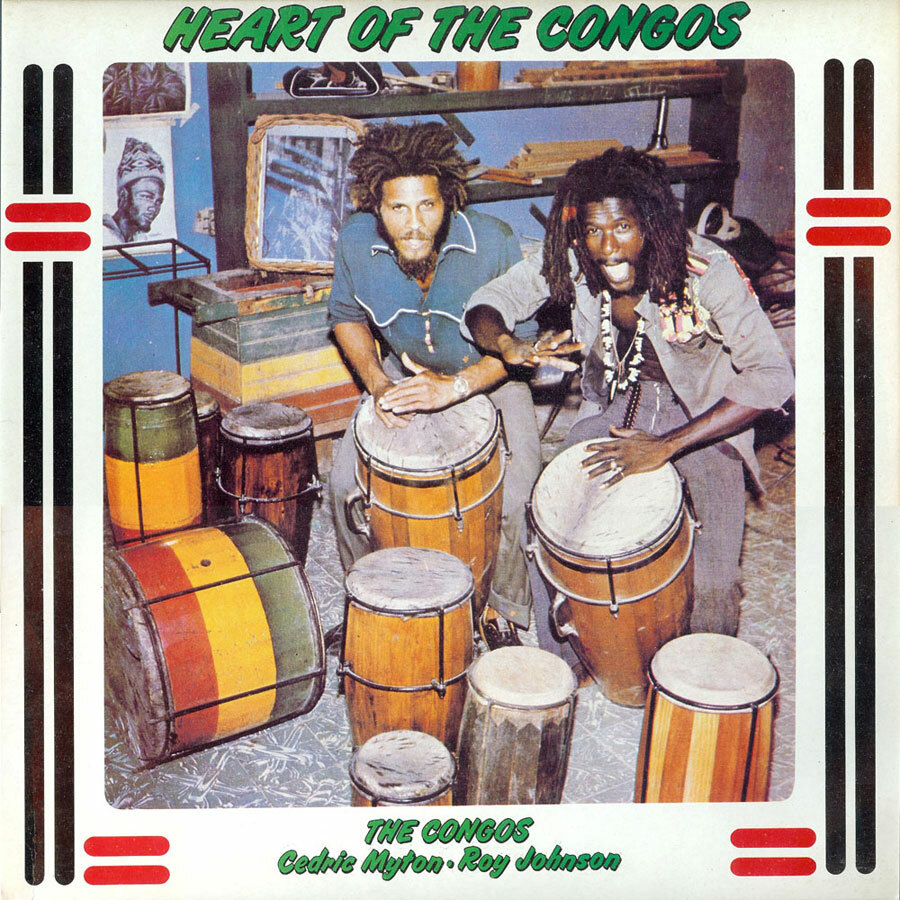
Few producers have been so innovative and influential as Lee ‘Scratch’ Perry, and The Congos’ 1977 debut is without doubt his most consistently brilliant piece of work. Recorded at Perry’s Black Ark studio in Kingston, Jamaica, it’s a mind-altering blend of reverb-heavy rhythms laid down by the studio’s house band The Upsetters plus the perfectly matched harmonies of its three vocalists: tenor ‘Ashanti’ Roy Johnson, falsetto Cedric Myton and baritone Watty Burnett. Somehow, Perry recorded it on an ageing four-track, but you’d never know it from the lush Fisherman or Open Up The Gate, with the producer using found sounds and a battery of tricks to create the effect he was after. Roots reggae at its finest. [MM]
Pink Floyd – Wish You Were Here (1975)

Pink Floyd is probably regarded as the archetypal band for audiophiles: prog rock giants serving up complex and immaculately produced albums full of lengthy songs. And never more so than on Wish You Were Here, an album that features only five tracks but runs well over 40 minutes. The whole album is essentially a tribute to Floyd’s founding member and creative tinderbox Syd Barrett, whose heavy use of psychedelic drugs had led to him stepping away from the band and society in general. Even if noodly prog isn’t your thing, it’s an album that will give your speakers or headphones a full body workout.
Jeff Buckley – Grace (1994)
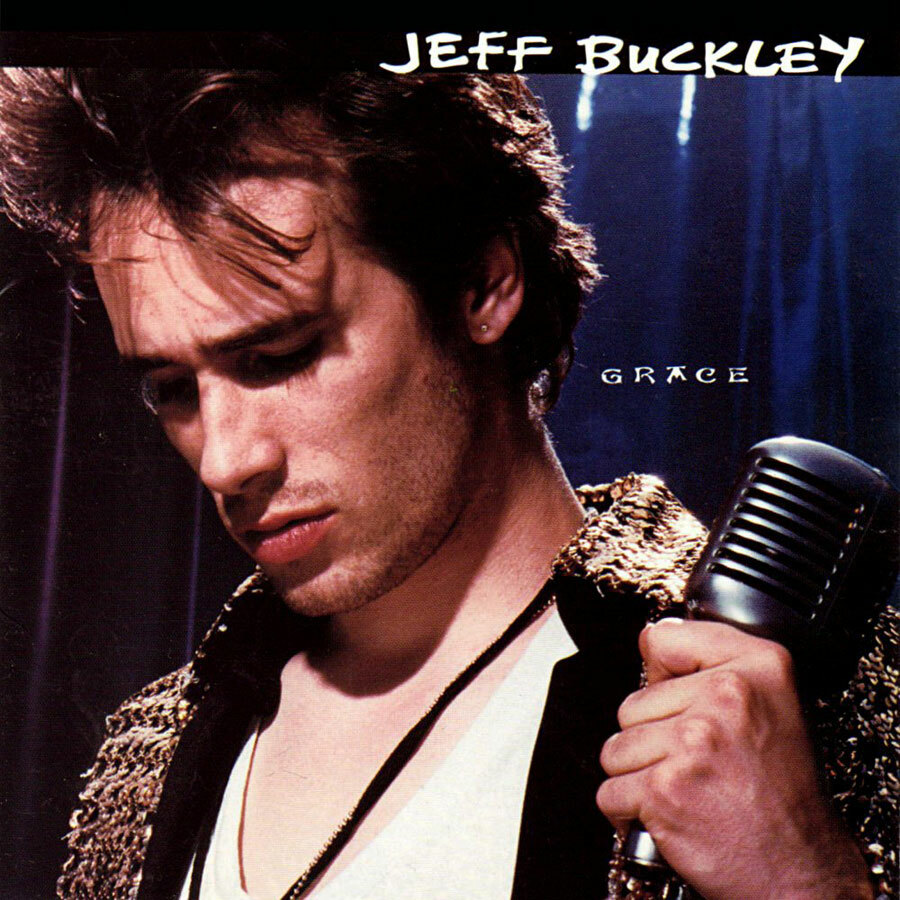
David Bowie considers Grace to be the greatest album ever made, and while we won’t go that far it’s hard to see it as anything other than an excellent record from a singer-songwriter at the peak of his powers: his tenor voice is faultless and the songs, whether his own or covers, are memorable. It’s a beautifully well recorded album too: play it on decent equipment and Buckley could almost be singing in your living room.
Michael Jackson – Thriller (1982)
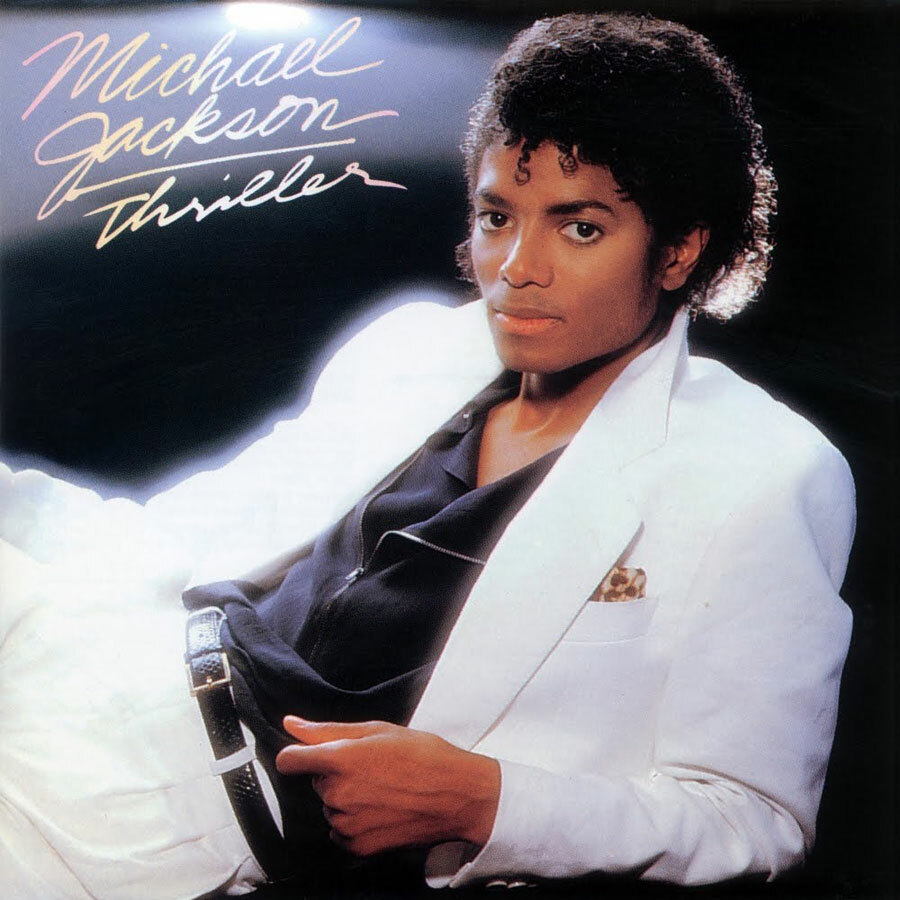
Thriller‘s cultural and commercial significance is well documented, but Michael Jackson’s masterpiece is also one of the best-recorded and most immaculately produced albums of the 1980s. Producer Quincy Jones and Jackson enjoyed (or perhaps endured) a strained relationship during the making of Thriller, and every track was painstakingly remixed (a week was spent on each song) because neither was happy with the initial recordings. The hard work resulted in a record that blended disco, soul, rock and R&B and a template that would inform pop music for the next 20-plus years. Oh, and it’s comfortably the best-selling album of all time.
Massive Attack – Mezzanine (1998)
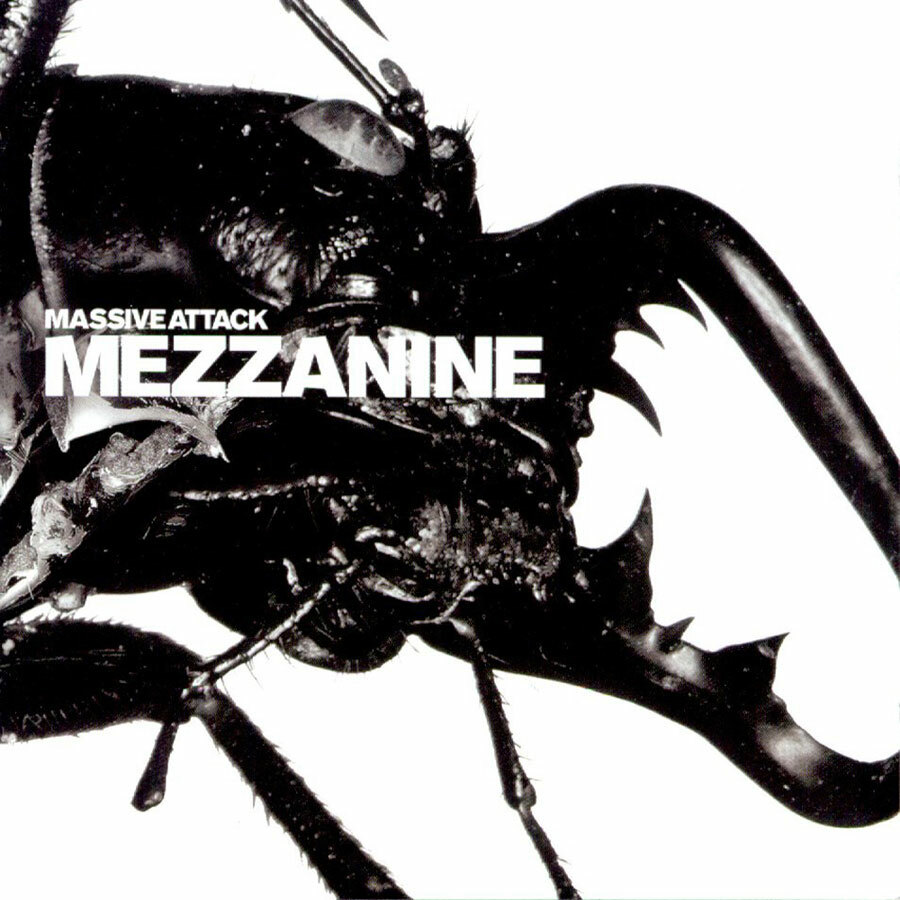
Trip hop pioneers Massive Attack had already established themselves as Britain’s best-known proponents of what the Americans call “electronica” when they dropped Mezzanine, initially as a legal MP3 download on their website (they were among the first major acts to embrace digital distribution) and later as a physical release. Despite the Bristol trio apparently hating each other’s guts during the making of the album it’s a prime example of a record which uses ambient sounds to create rich texture, depth and atmosphere. The trade-off is perhaps a lack the hookier songs that loomed large on previous Massive Attack albums, but when a new direction results in songs like Teardrop, we’re definitely on board. An LP you should play loud on headphones on dark, moody nights.
Underworld – Second Toughest in the Infants (2015)
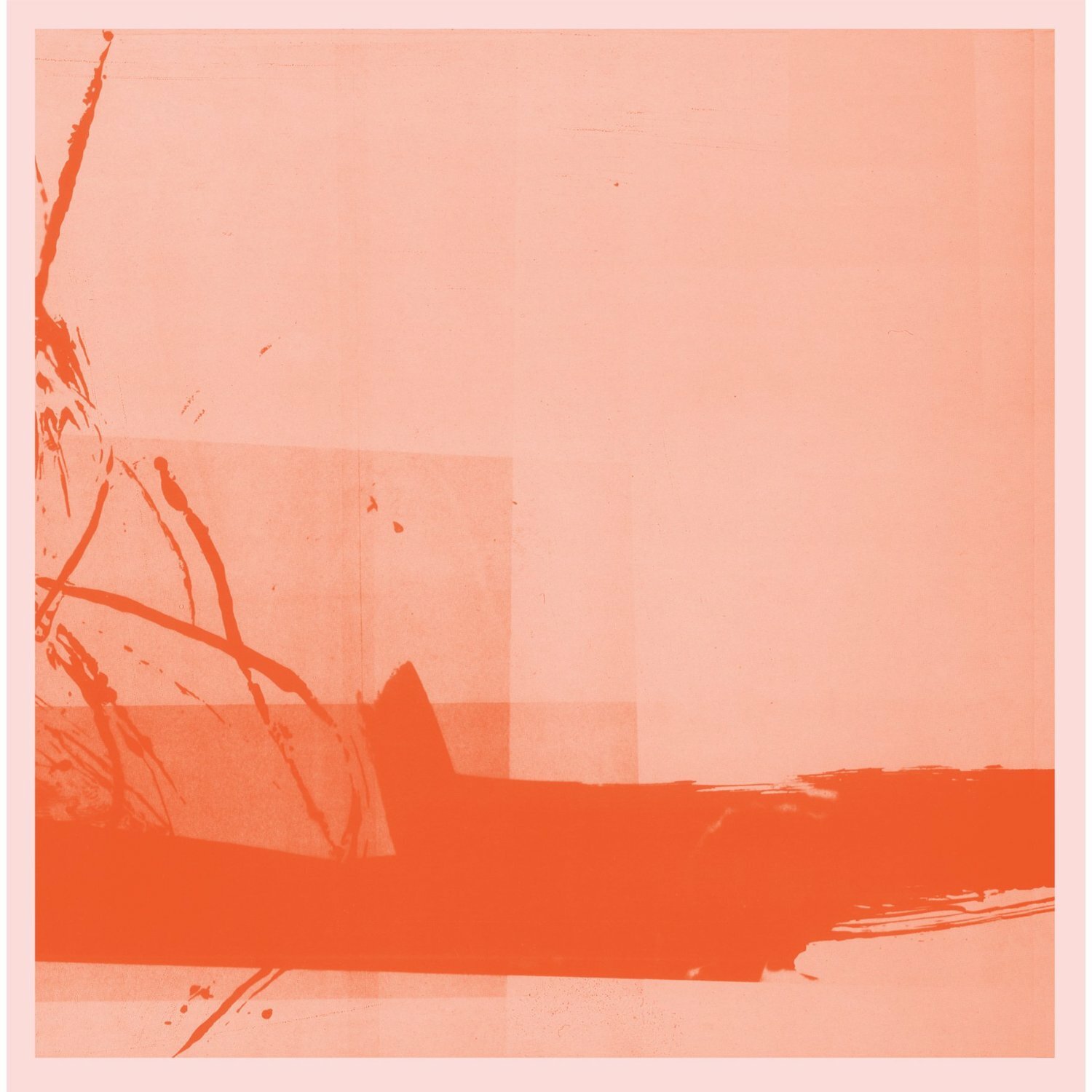
If you’ve still got Underworld pegged as that laddish ‘lager, lager’ band from Trainspotting, it’s time to acquaint yourself with their classic fourth album. Far from being packed with banging techno anthems, it seamlessly blends various flavours of downbeat electronica with Karl Hyde’s meditative poetry. The result is brilliantly paced masterpiece that has aged even better than Ewan ‘Peter Pan’ McGregor.
Fans of the original will appreciate the remastered version’s cleaner sound and bolstered bass, along with the inclusion of dozens of remixes from the same fertile period. But though these rarities show Underworld to be more than capable of a big single, it’s Second Toughest… that showed that rave music could be just as comfortable being atmospheric and reflective.
Download Second Toughest in the Infants (44.1kHz/16bit) here
Slint – Spiderland (2014)

When Kentucky’s Slint released Spiderland in 1991 it sounded so far removed from the music Pearl Jam, Guns ‘n’ Roses et al were making (despite using exactly the same instruments) reviewers started calling the album post-rock.
So sparse you can almost hear the empty space in the studio, with sinister rhythms and hushed, spoken-word vocals, each track is more like a chapter in a book than a song. 25 years later it still sounds totally fresh and like nothing else ever recorded.
Phil Collins – Hello, I Must Be Going (2016)
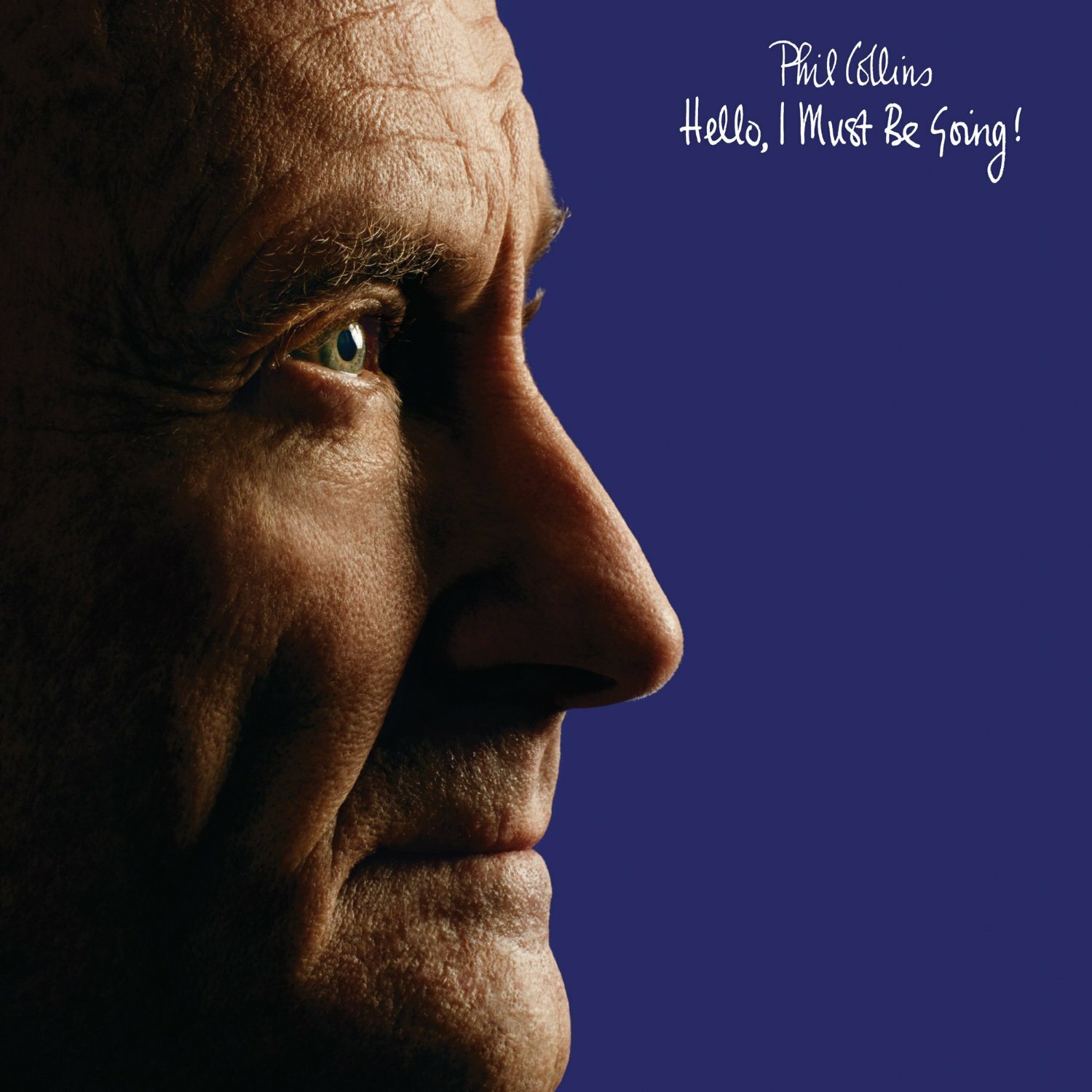
There are people who will tell you that Phil Collins’ music is without merit. That he’s a miserable bugger who ruined Genesis after Peter Gabriel left. That any love for his music is a sign of psychosis – after all, Patrick Bateman was a huge fan. These people are all wrong.
Hello, I Must Be Going is a flawless pop record, full of tracks with sparkling, rhythmic exteriors that contain deep, sometimes dark lyrical stories. The remastered version cleans everything up further, polishing what was already pretty much pop perfection. Or maybe we’re just psychotic.
Love – Forever Changes (2015)
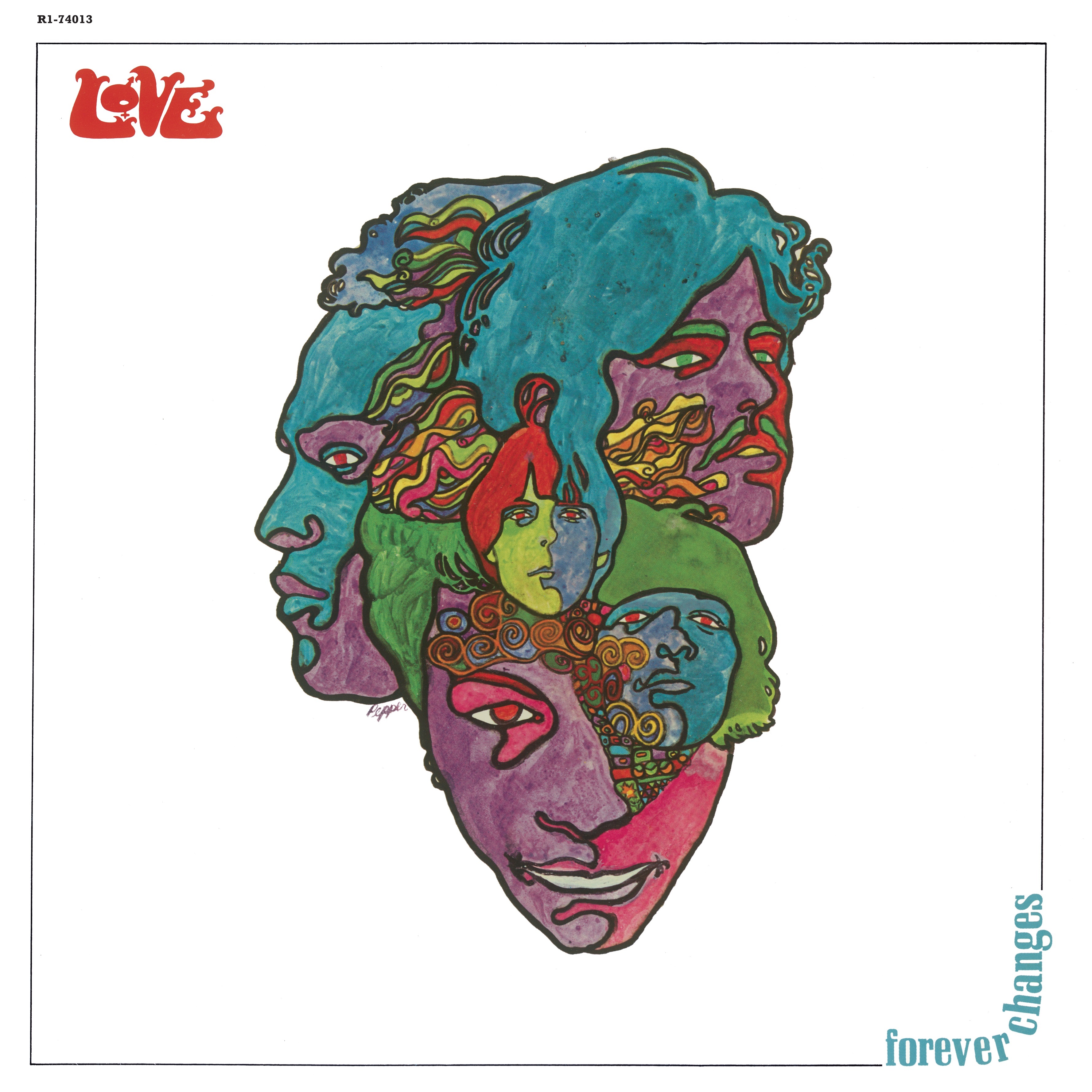
On the face of it Love’s Forever Changes sounds like just another pleasantly psychedelic folk record from the late ‘60s. But listen closely to Arthur Lee’s lyrics and there’s an undercurrent of menace, like the musical equivalent of a David Lynch movie.
Whether it’s the bad trip of A House Is Not a Motel, the squealing guitar on Live and Let Live, or the hints at indiscriminate incarceration and slaughter on The Red Telephone, Forever Changes is a subversive, surreal record. The Morricone-esque blast of brass midway through Alone Again Or is almost worth the admission price alone.
My Morning Jacket – It Still Moves (2016)
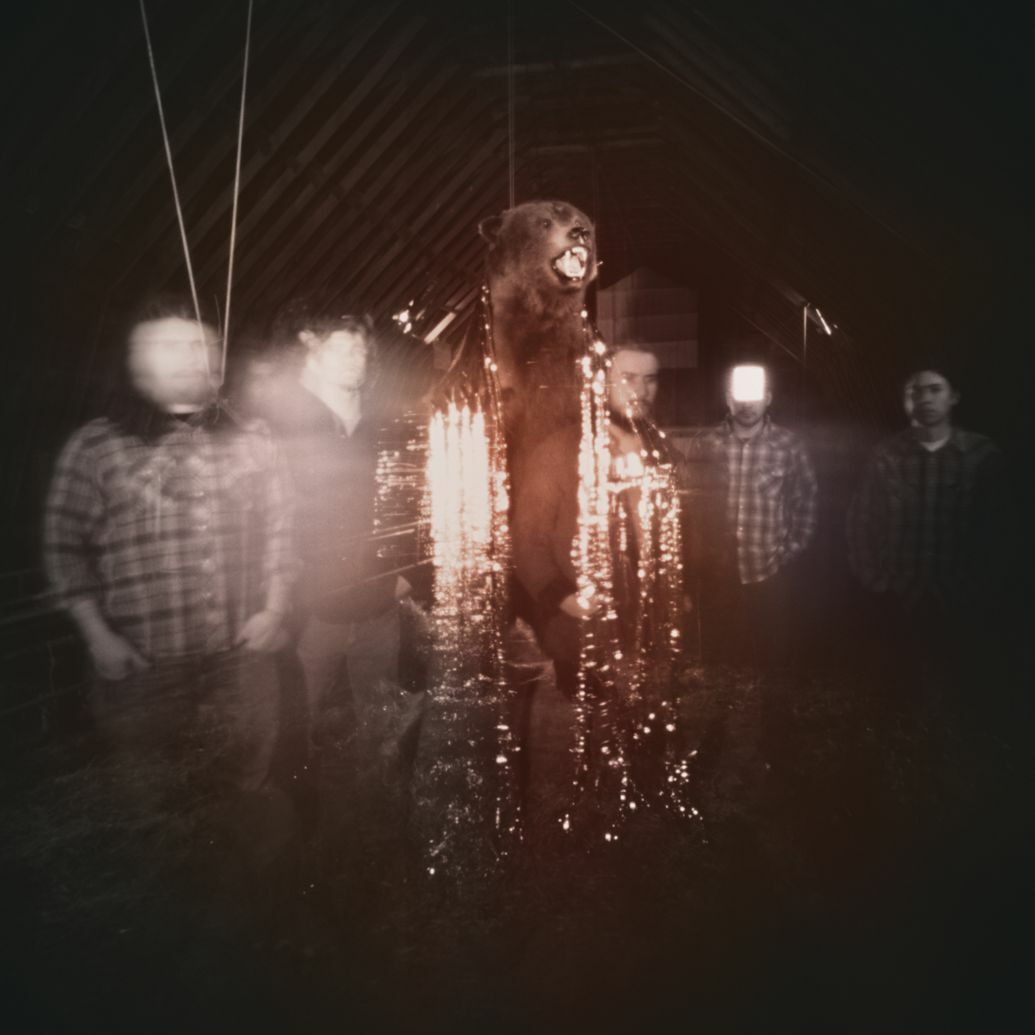
Tinkering with an album that’s loved partly for its raw, live sound can be a dangerous game, but My Morning Jacket get the balance right on this remixed version of their fan favourite. Sure, the the guitars are crunchier and the reverby vocals more prominent, but it still feels like you’re in a sweat-drenched bar listening to classic rockers on top form.
Fittingly for an album that celebrates the no frills approach, the reissue also has original acoustic demos that sound like they were recorded in the band’s kitchen. Even if you’re not a big enough MMJ fan to appreciate those, it’s still worth treating your new hi-fi or headphones to one of the noughties’ best records.
Isis – Panopticon (2014)
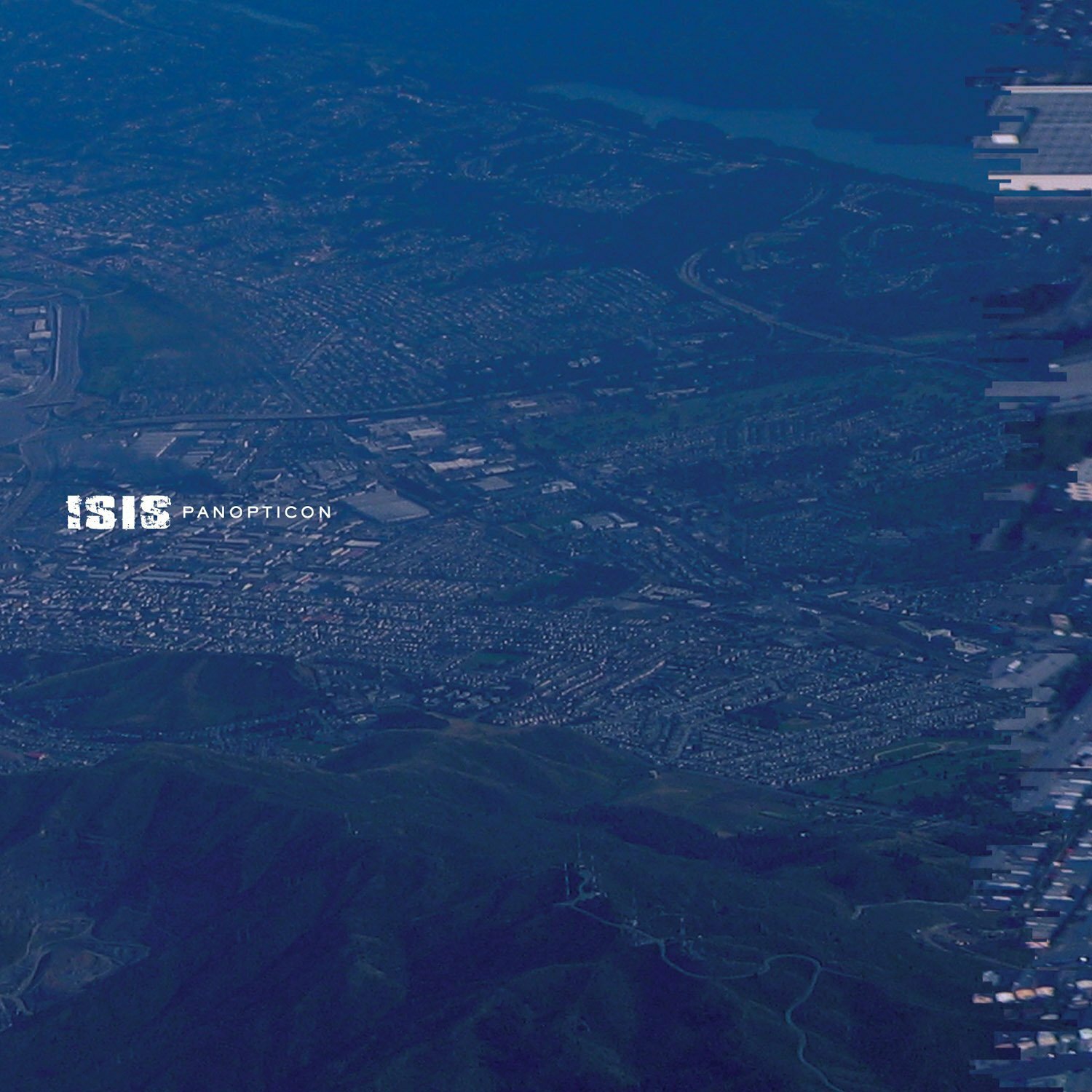
Panopticon is a record that sounds like it was unearthed rather than recorded, forged between two tectonic plates or found pressed into the fossilised remains of a Supersaurus. Wherever it came from the album was remastered in 2014 (10 years after its original release and four years after the band split up) and it’s never been more earth-shudderingly heavy.
Everything on it sounds massive, with Aaron Turner’s vocals buried somewhere deep in the middle, like he’s bellowing from the bottom of a collapsing sinkhole.
Manic Street Preachers – The Holy Bible (2014)
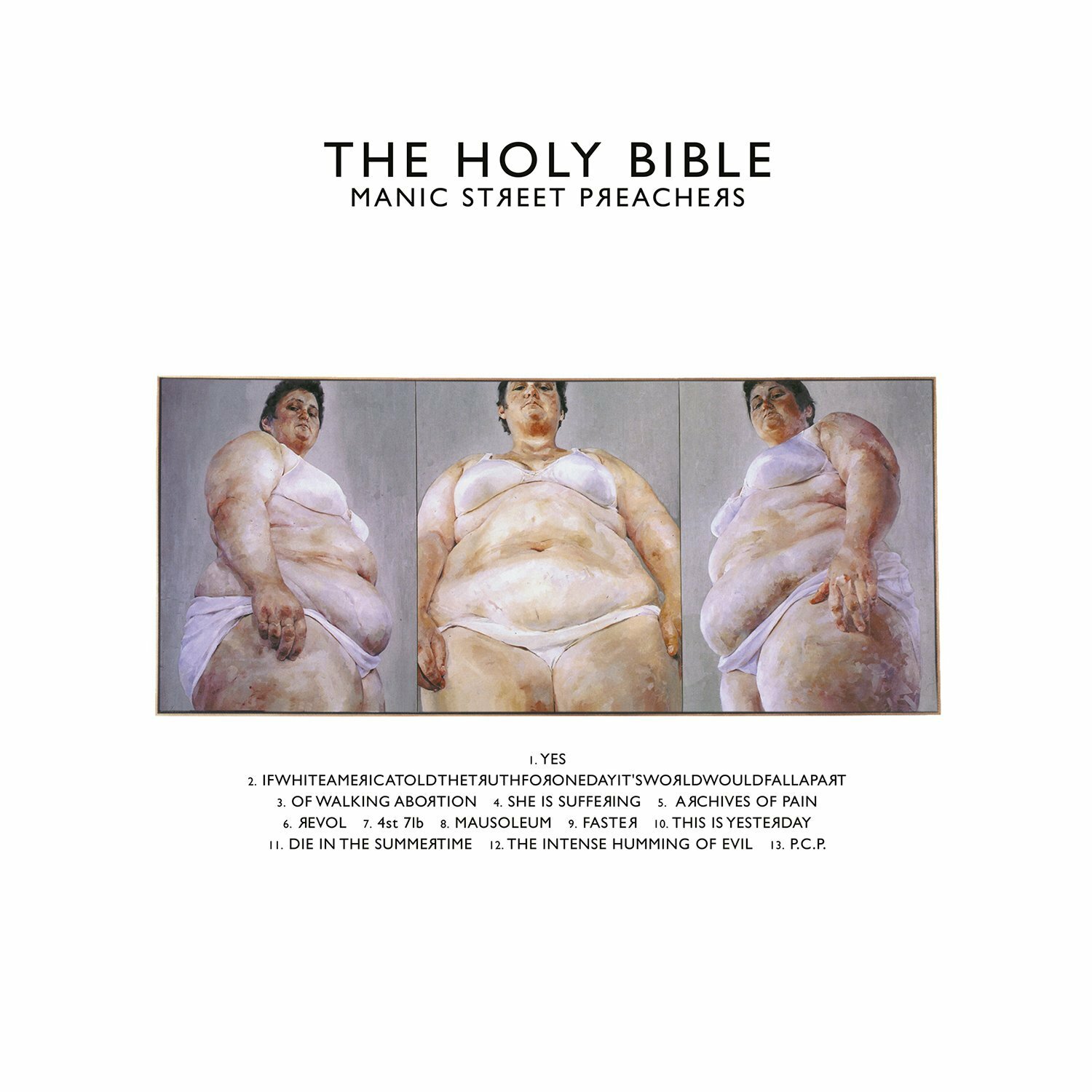
Less an album and more an hour-long exercise in pain and suffering, The Holy Bible is nonetheless one of the outstanding, er, albums of the past 30 years. Written almost entirely by the band’s creative heartbeat Richey Edwards and released mere months before his eventual disappearance, it places such laugh-a-minute subjects as anorexia, prostitution and the holocaust against a backdrop of raw guitars and unflinching samples. Not an easy listen, then, but undeniably an essential one.
Flying Lotus – Cosmogramma (2010)
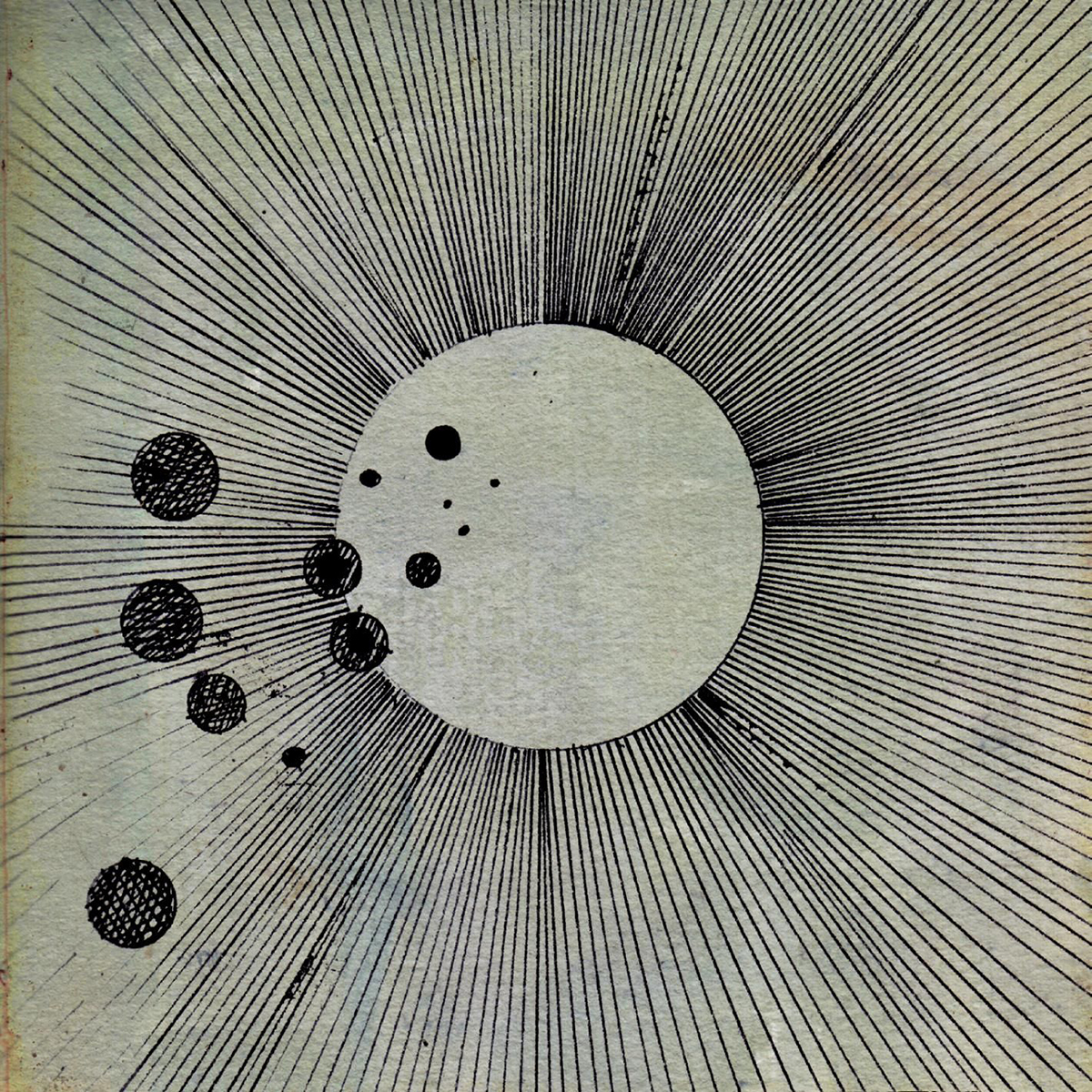
One of the most compelling and outright inventive records of the 21st century, Flying Lotus’ Cosmogramma is a stunning showcase of music aided by modern technology. As the grand-nephew of legendary pianist Alice Coltrane, jazz is ingrained in his DNA. Here, Flying Lotus expertly explores the sensations of jazz with the aesthetics of electronica, IDM and hip-hop. Like most music released on Warp, Cosmogramma is a sheer delight for audiophiles – packed with animated arrangements and rich textures. This is a cosmic experience like no other, seen by many as a modern masterpiece.
Buy Cosmogramma (16-bit FLAC) here
Stream is on Spotify here
Godspeed You! Black Emperor – F# A# ∞ (1998)

Godspeed You! Black Emperor’s 1998 debut album was a momentous release for post-rock, and it remains one of the genre’s key landmarks. English director Danny Boyle cited F# A# ∞ as inspiration whilst making his critically-acclaimed horror film 28 Days Later, which makes total sense given its apocalyptic tone. Moments of tranquility separate the more thunderous segments, with satisfying homages to the late, great Ennio Morricone. Each musical passage features a number of field recordings and samples, adding further fascination to the already impressive spectacle. This is a true sensory experience like no other, and a proper headphone listen.
Buy F# A# ∞ (16-bit FLAC) here
Steam it at Spotify here
Björk – Homogenic (1997)

Björk is one of the most beloved figures in contemporary music. The Icelandic singer, songwriter and producer has amassed an incredible body of work over the years, and 1997’s Homogenic is arguably her greatest record to date. This is avant-garde pop at its absolute best. Björk examines the conflict between human and artificial elements to create an otherworldly sound that has proved impossible to replicate. Chilly IDM beats, luscious string arrangements and unique instrumental flourishes provide a fascinating backdrop for Björk’s primitive vocal expressions. Homogenic is a one-of-a-kind experience that deserves to be listened to at an optimum level. No other album, of any kind, sounds quite like it.
Buy Björk – Homogenic here
Stream on Spotify here
PJ Harvey – Let England Shake (2011)
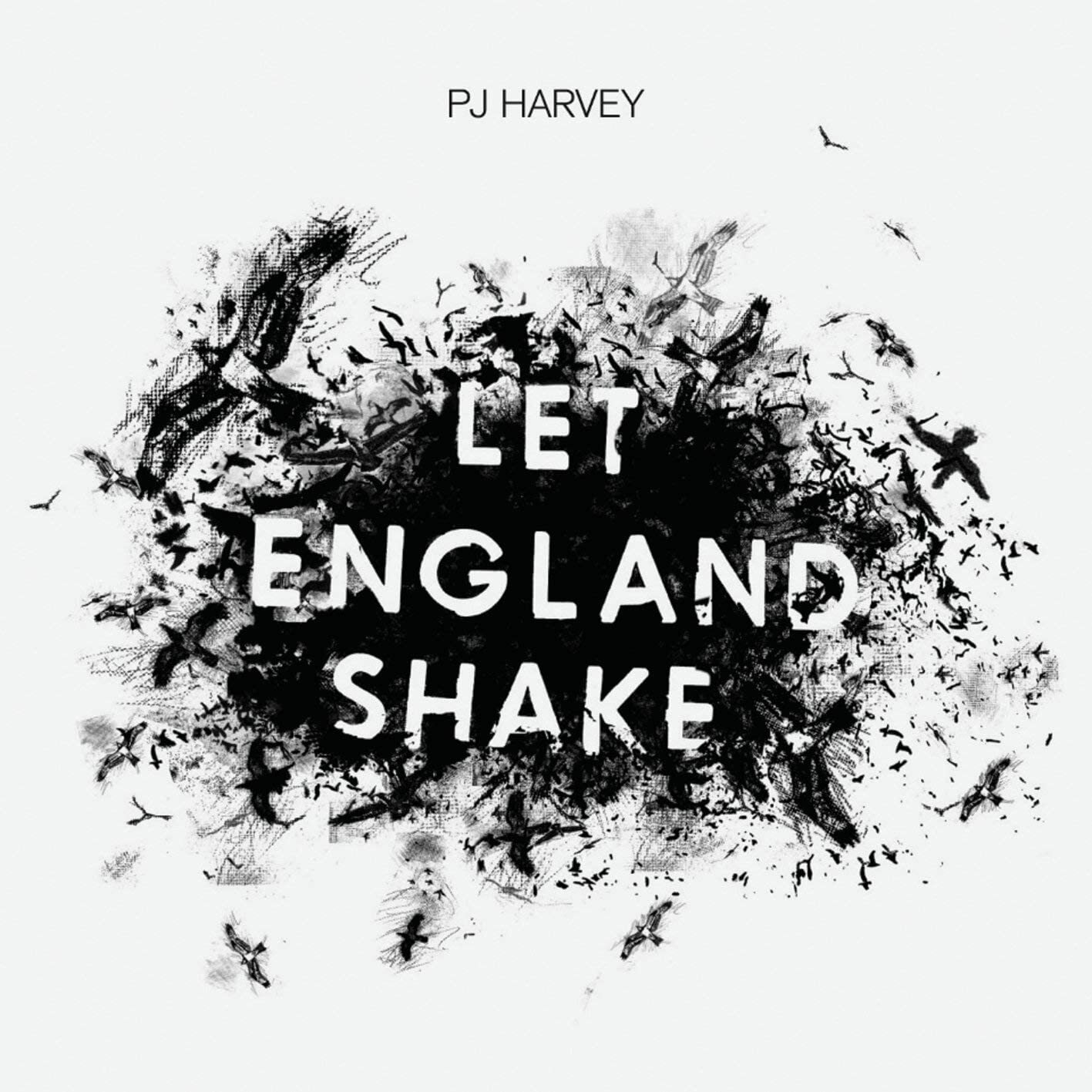
A grand departure from the raw and noisy alternative rock PJ Harvey was known for in the ‘90s, Let England Shake is a vital anti-war album with its roots found mostly in folk. It’s a powerful open letter to the leaders of the Western world that continues to resonate almost 10 years after release. The music is lush, but the lyrics are striking and visceral. Legendary producer Flood and longtime collaborator John Parish play essential roles in making the record sound so monumental. These hauntingly beautiful songs were recorded in an English church, just for extra potency. Let England Shake is performed, engineered and mixed immaculately, and it remains one of the true highlights of the 2010s.
Buy Let England Shake (hi-res audio) here
Stream it at Spotify here
Fairport Convention Unhalfbricking (1969)

Hard to imagine, we know, but there was a time that the idea of English folk music was at the cutting edge of radio-friendly rock and pop. Its most effective protagonists were Fairport Convention, thanks in large part to Sandy Denny’s immaculate, emotive singing and Richard Thompson’s lyrical, virtuoso guitar-playing. These days Unhalfbricking sounds almost sepia – it was staunchly retrospective when it was new, and now it’s over 50 years old it can sound, at first, like an artefact. But the deathless quality of its songs, and the lustre of its sound, guarantee it timelessness rather than antique status.
Buy Fairport Convention Unhalfbricking here
Stream Fairport Convention Unhalfbricking on Apple Music here
Bob Marley & The Wailers Exodus (1977)
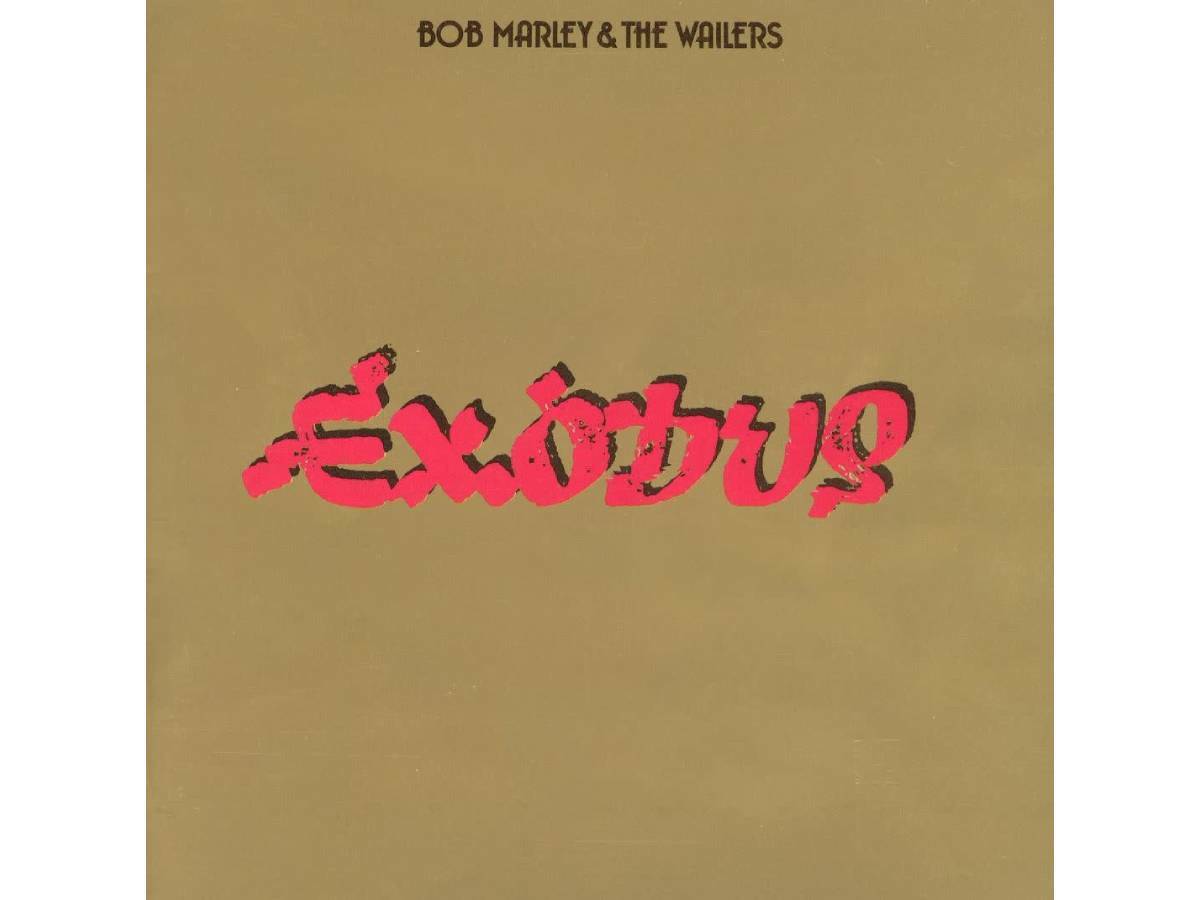
Bob Marley gets most of the credit – and it’s undoubtedly deserved – for bringing reggae to a world-wide audience. But Island Records’ insistence on a high-gloss sheen for his recordings for them not only made the traditionally rough-and-ready genre a little more palatable to American and European ears, it also resulted in some of the most satisfyingly audiophile albums of the era – and Exodus is the best of them. Ten incredibly accomplished songs covering religion, politics, good times and sexy times, Exodus is – as they used to say – all killer, no filler. And its sound is as smooth as butter.



